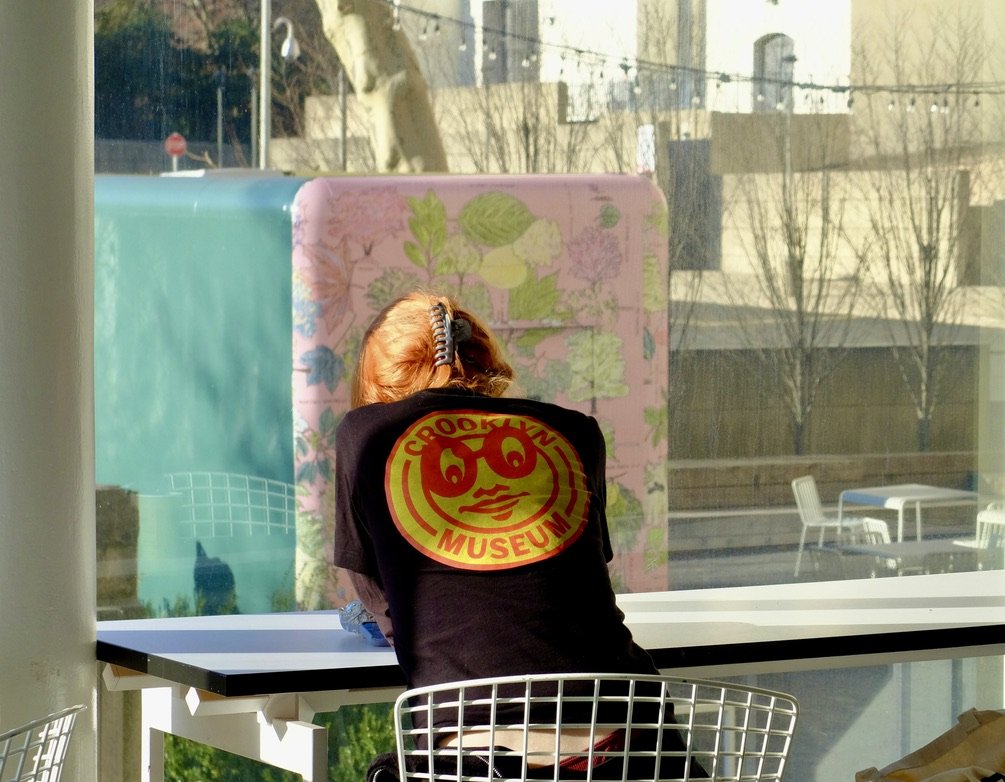“Don’t go to a museum with a destination. Museums are wormholes to other worlds. They are ecstasy machines. Follow your eyes to wherever they lead you…and the world should begin to change for you.”
– Jerry Saltz
Wait in line (only at the MET, & not for long). “Open your bag please” ( The Jewish Museum security was like an airport). “Are you a member?”“Seniors please.” (I like the European, “pensioners” better). “Yes ,we have reciprocity with SFMoMA.” (Phew!) “Yes, your friend’s guest passes are good.” (Again, phew!). Enter, immerse & interact. “Thanks for checking our coats.” At the Brooklyn Museum we talked with the young coat check women for quite a while about Creative Sources. There was a lot to learn & enjoy during our visits to eight N.Y.C. museums between December 26th, ‘23 & January 5th, ‘24.
Actually, nine museums. I forgot the New York Transit Museum’s Holiday Train Show.

We walked to 5th Ave. & then north up the Museum Mile. We passed the long lines at the Metropolitan Museum of Art & the Neue Galerie as we walked to the Cooper Hewitt, up to the Jewish Museum & then down to the Museum of the History of New York. There were no lines at these museums. And that was just our first day, Dec. 26th.
E S Devlin Exhibit - Cooper Hewitt, Smithsonian Design Museum. A British artist & stage designer for…
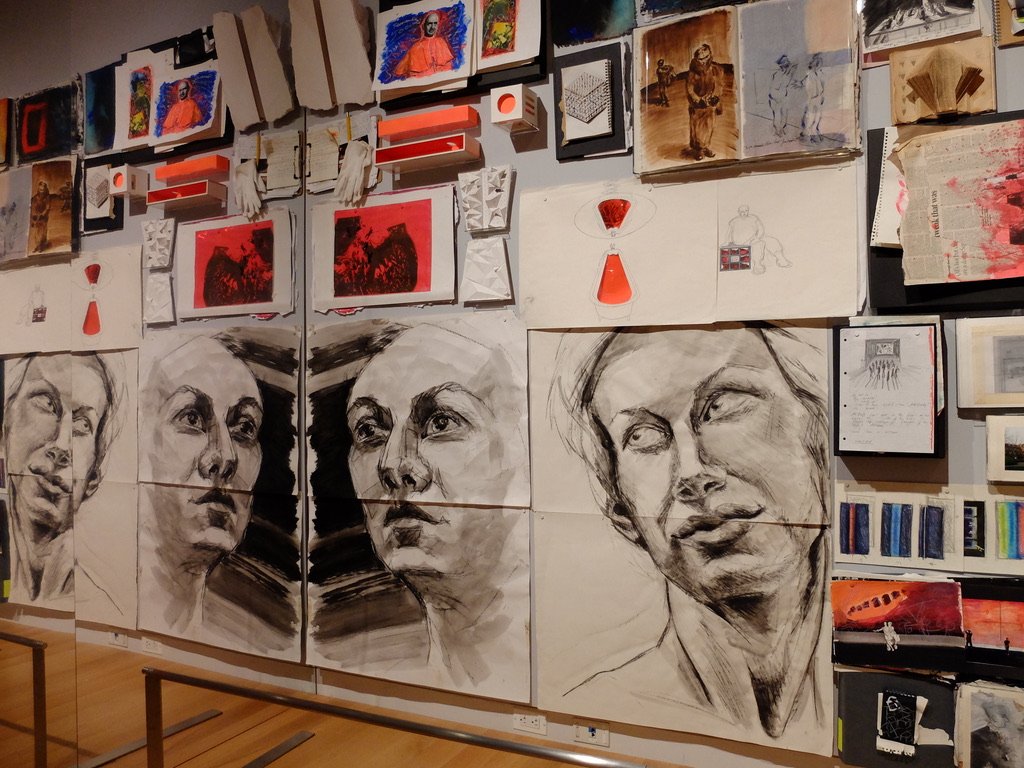
…Adele, U2, Beyoncé, Las Vegas, Superbowl 2022,…
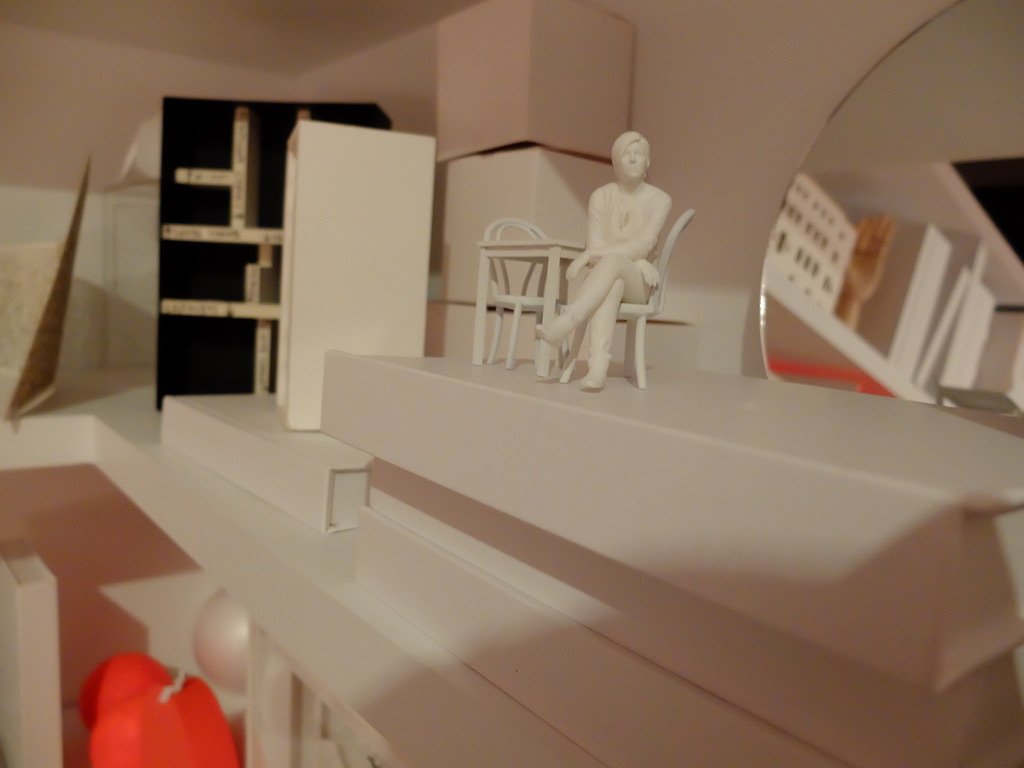
…Dr. Dre, Mily Cyrus...
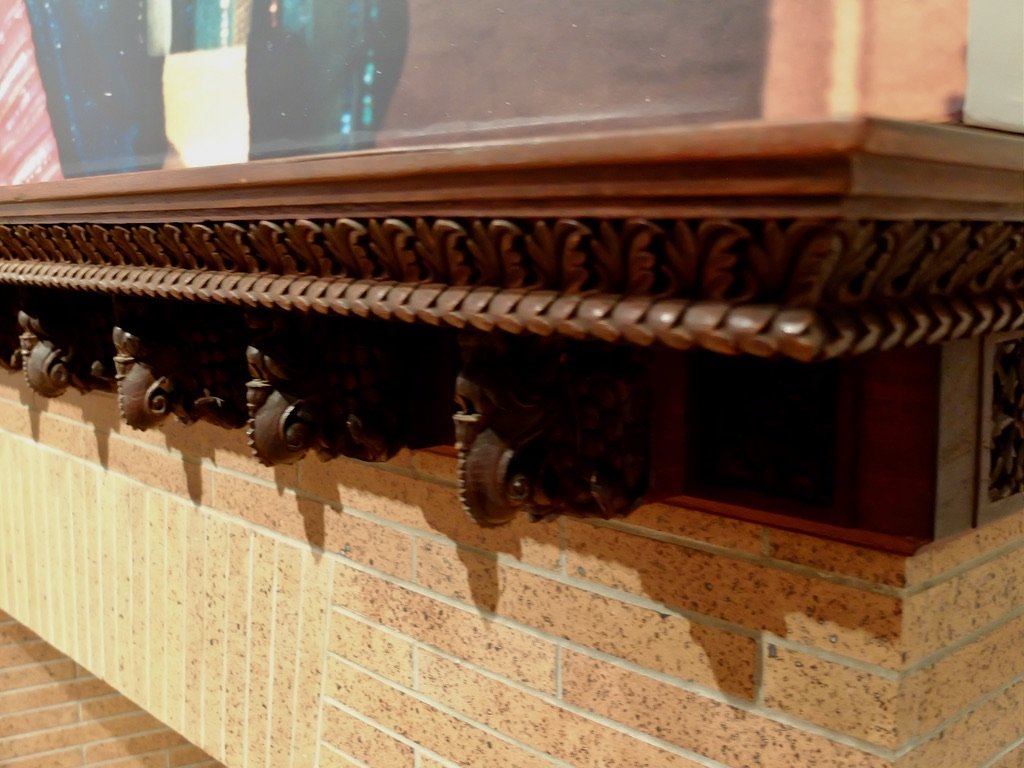
The Cooper Hewitt, Smithsonian Design Museum is housed within the brick, wood-paneled & stained glass Victorian Mansion of Andrew Carnegie.
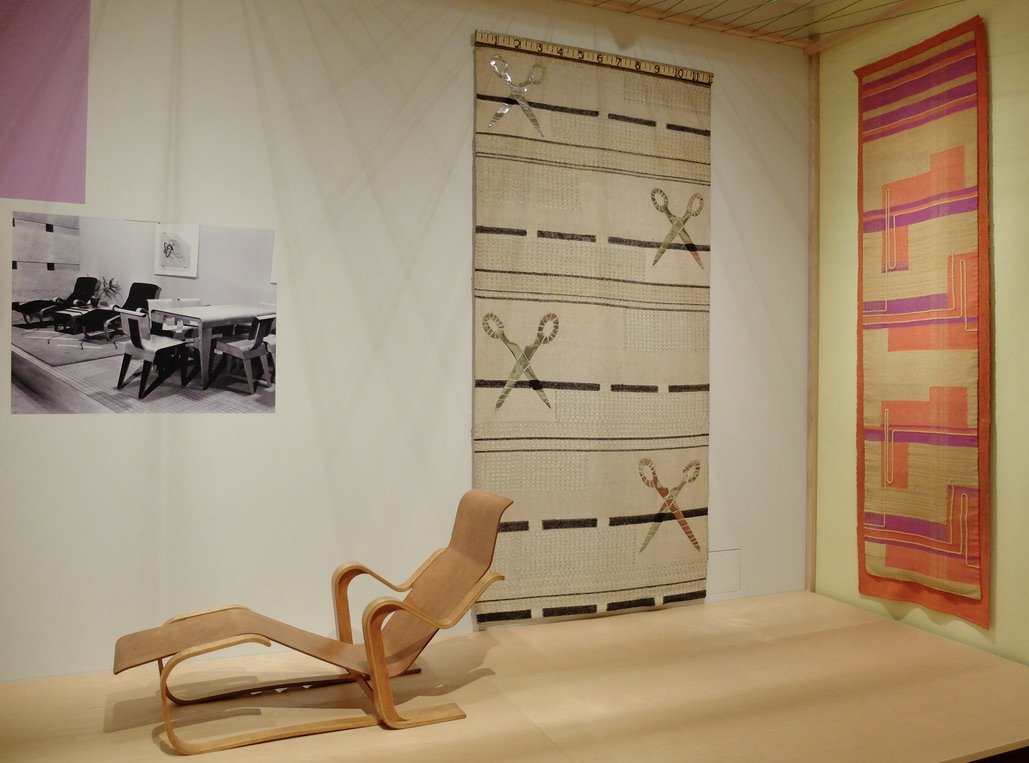
Dorothy Liebus Exhibit
Cooper Hewitt, Smithsonian Design Museum.
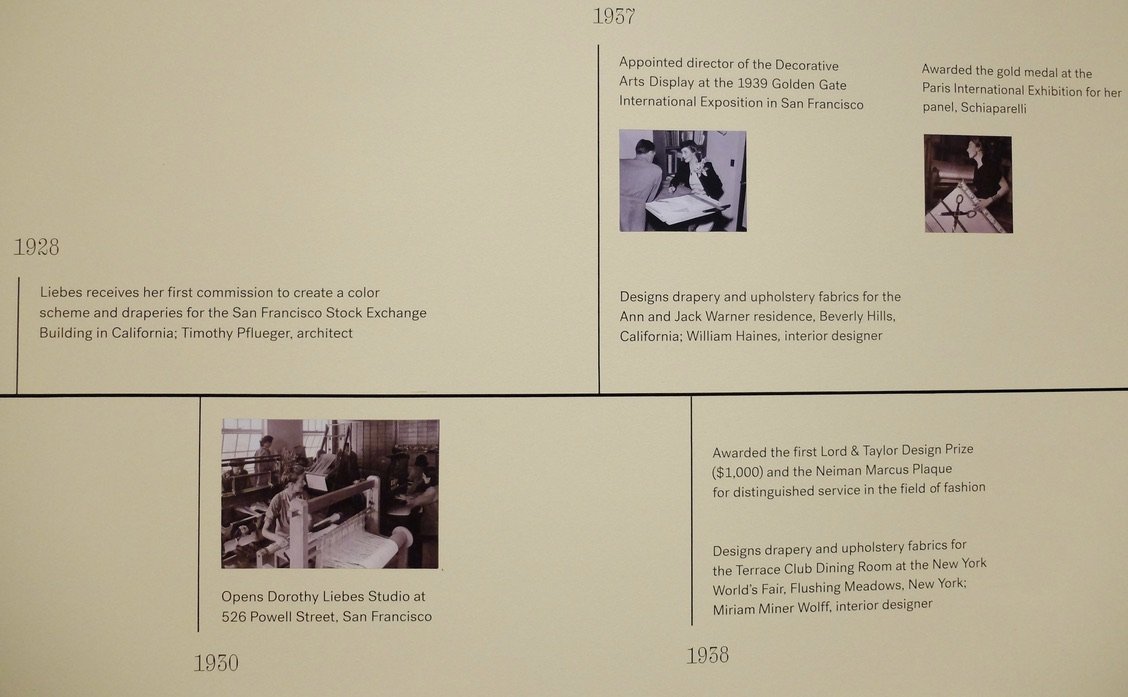
Dorothy Liebus Exhibit
Cooper Hewitt, Smithsonian Design Museum.
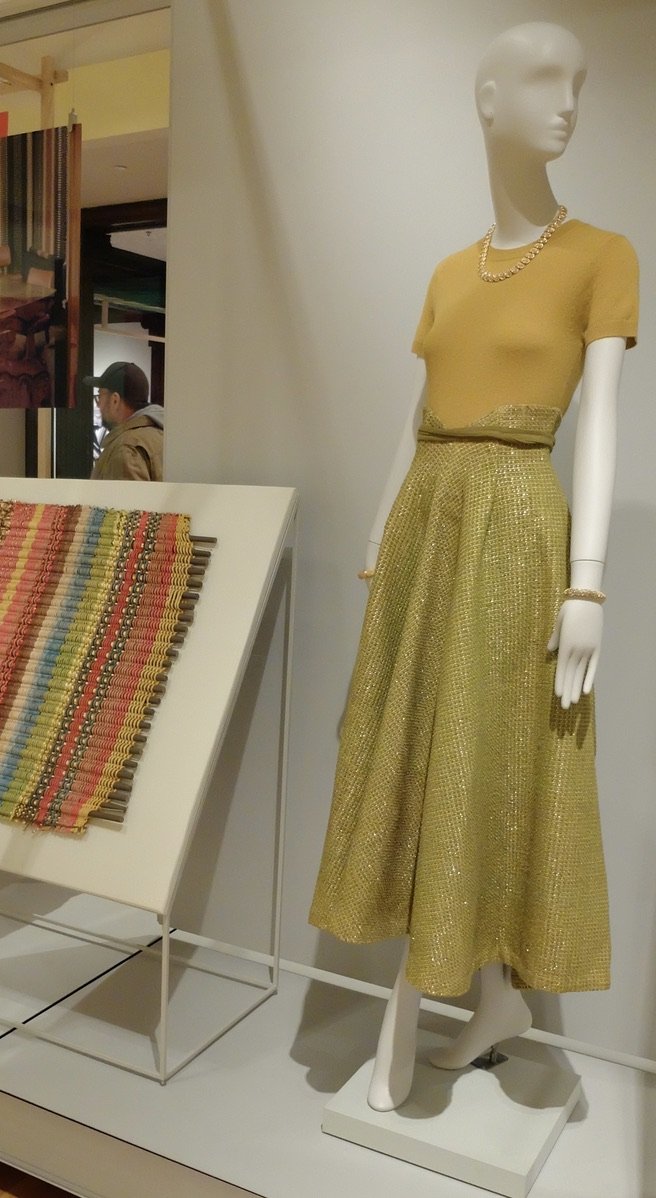
Dorothy Liebus Exhibit
Cooper Hewitt, Smithsonian Design Museum.
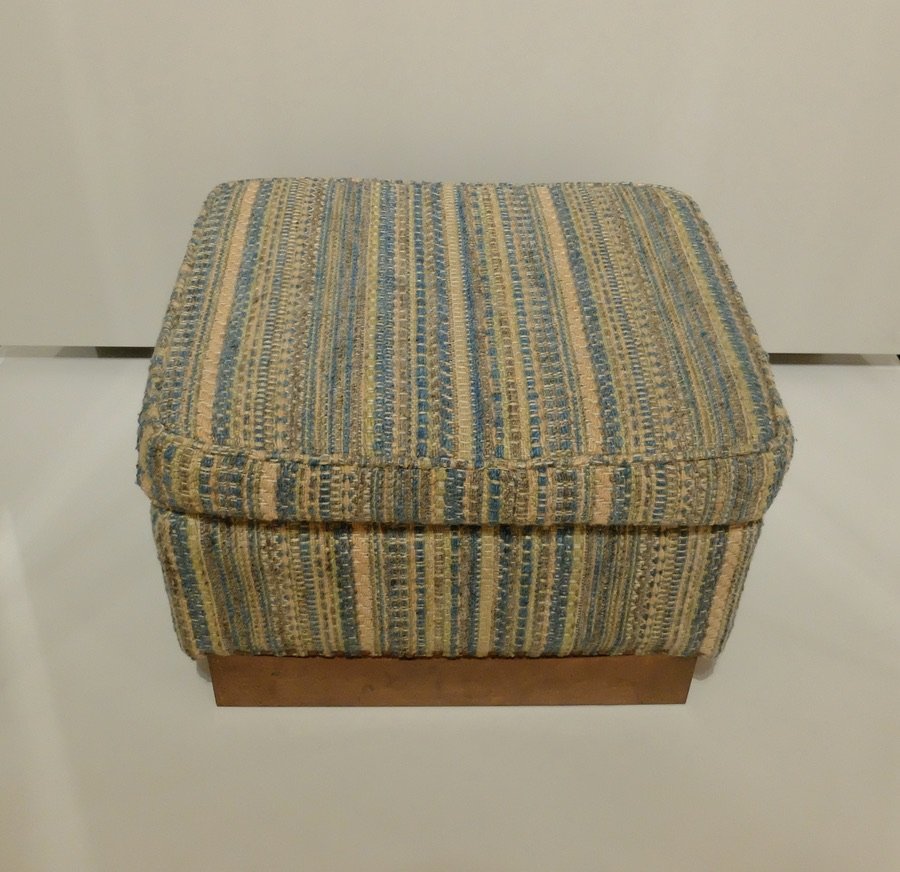
Dorothy Liebus Exhibit
Cooper Hewitt, Smithsonian Design Museum.
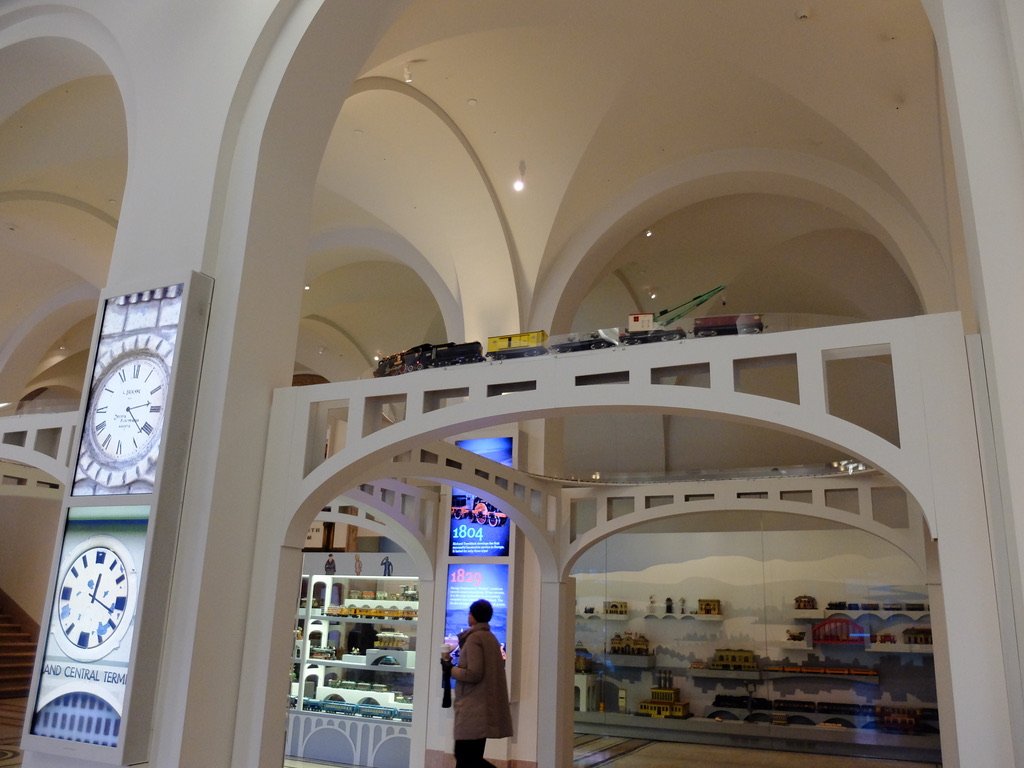
Museum of the History of New York -
Holiday Express: Toys and Trains from the Jerni Collection.
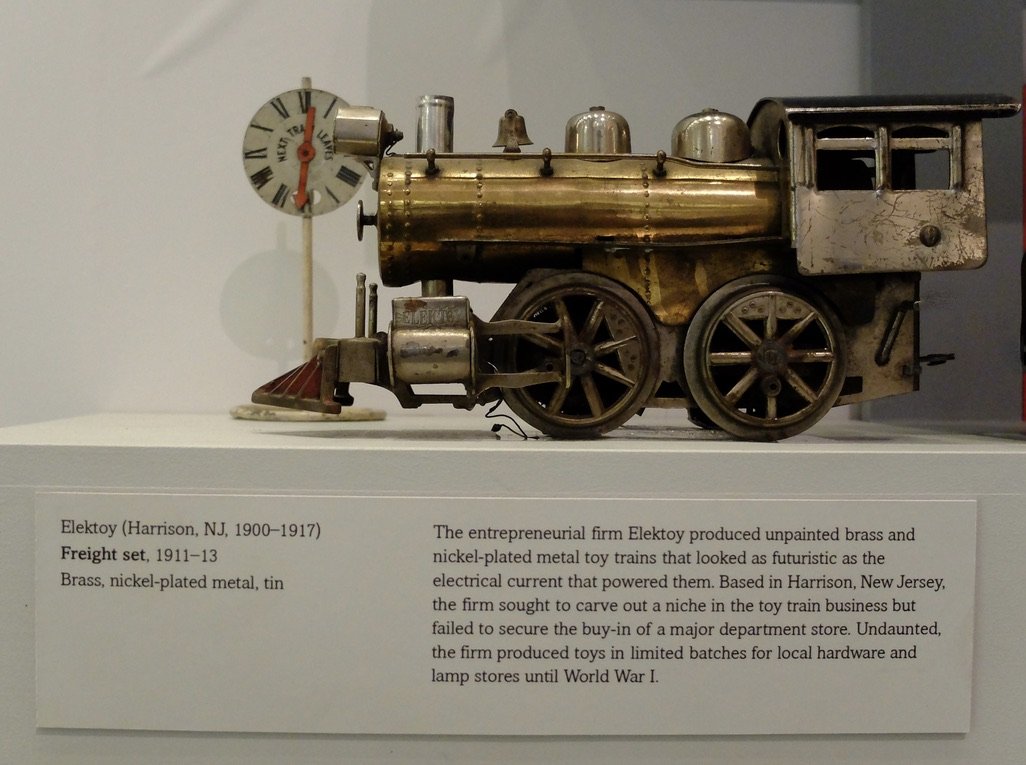
Museum of the History of New York - “...The Jerni Collection dating all the way back to 1850. With its unique, handcrafted and hand-painted pieces..."
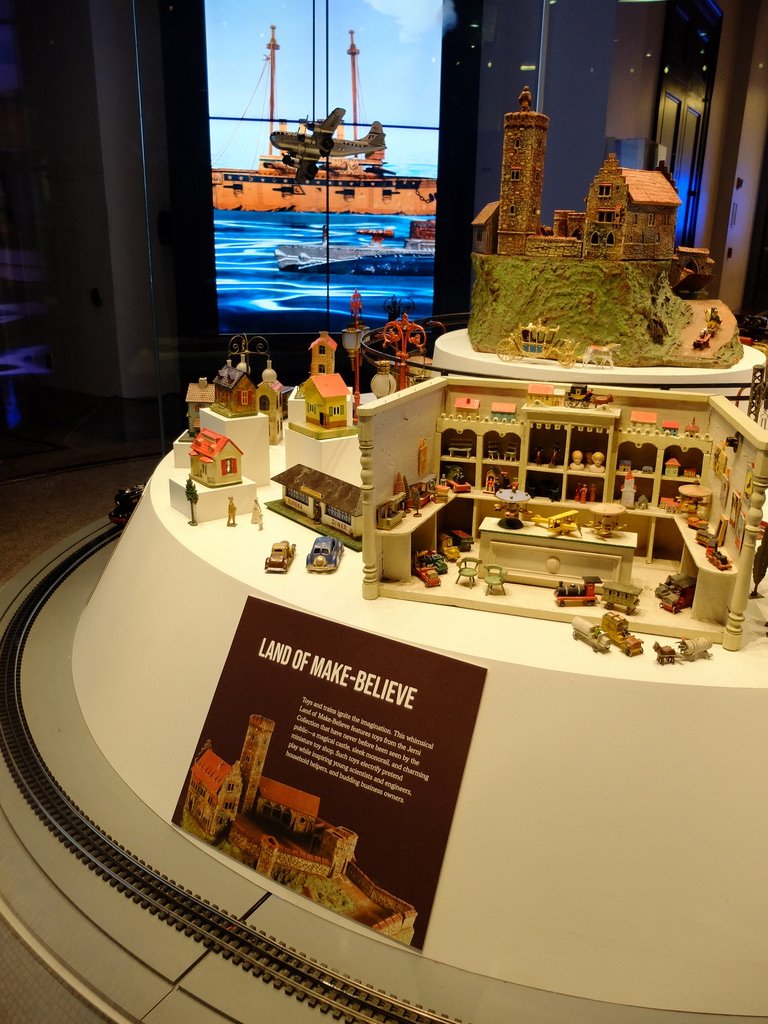
Museum of the History of New York - "...the collection epitomizes the golden age of toy manufacture and transportation..."
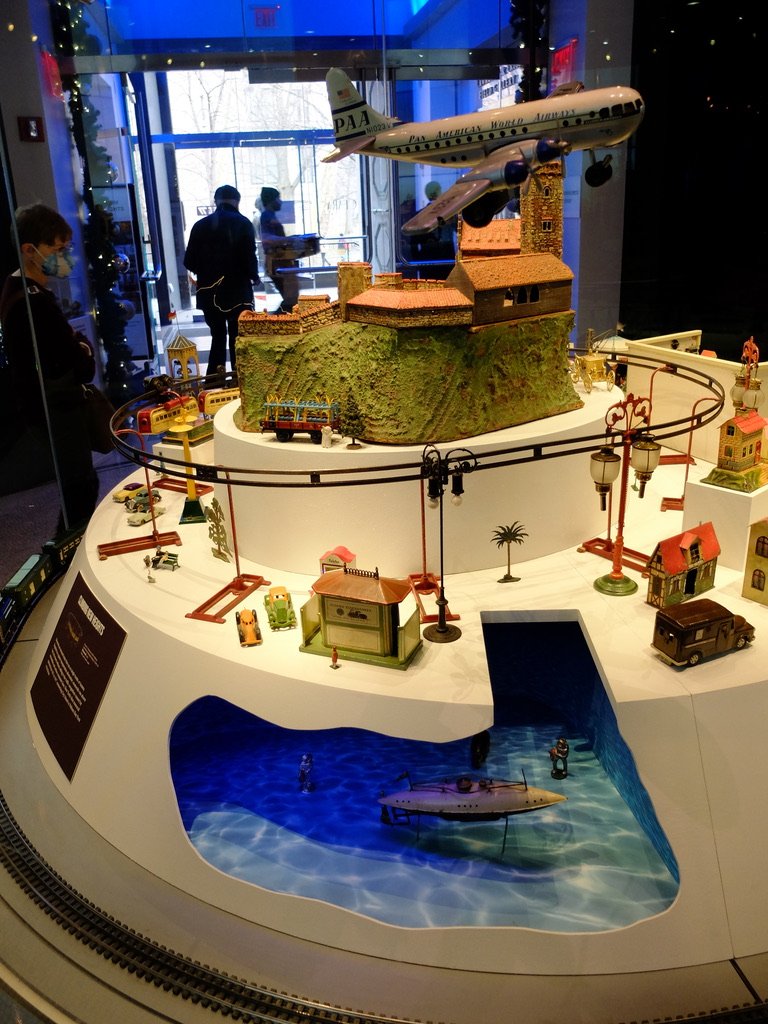
Museum of the History of New York - "...this year's exhibit includes toys that have never before been on display." like this "... toy plane version of a luxurious Pan Am Stratocruiser."
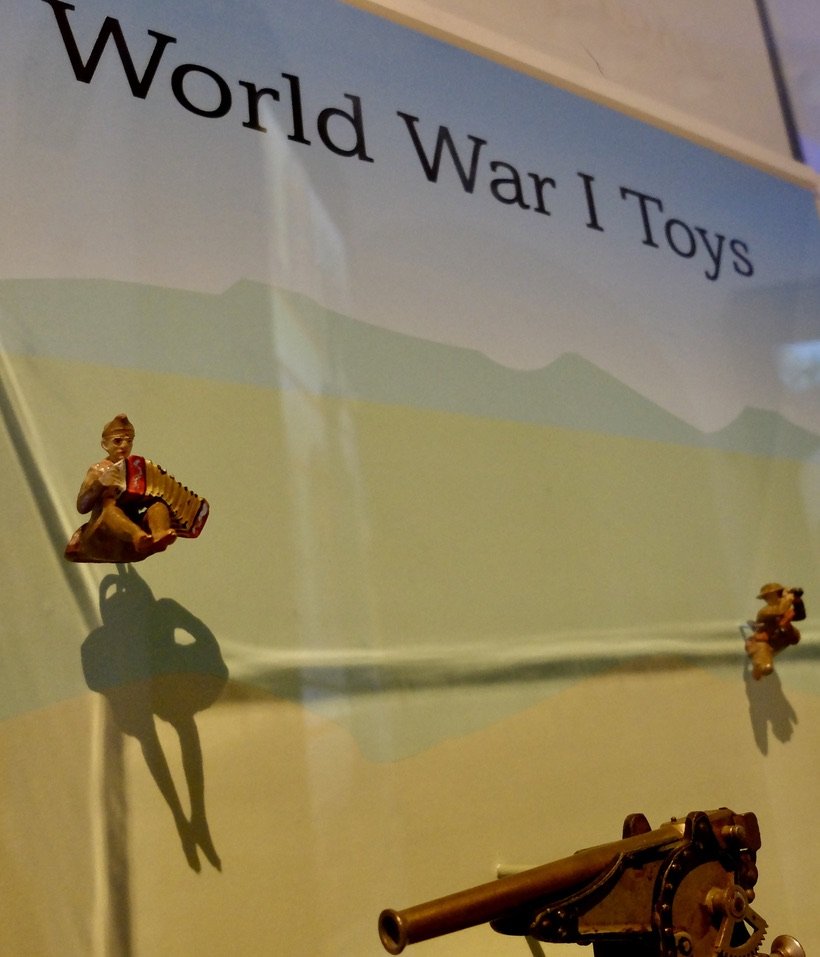
Museum of the History of New York .
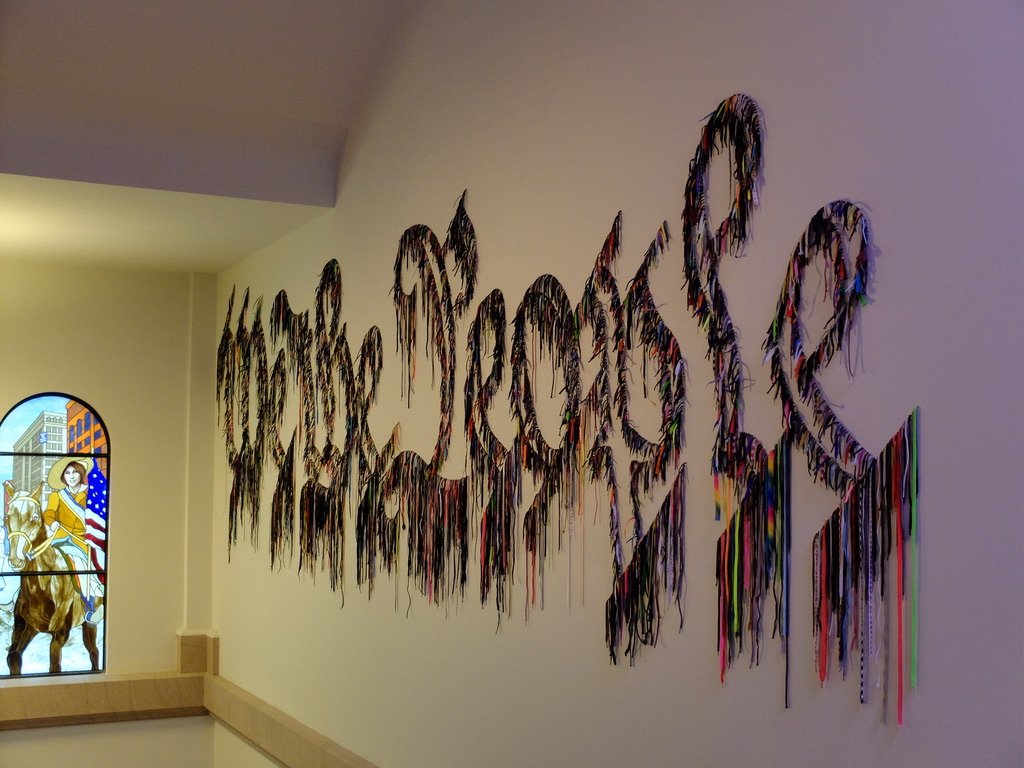
Museum of the History of New York -
Nari Ward (b. 1963) We the People (N-YHS version), 2017 Shoelaces
“Created entirely from shoelaces donated by museum visitors and New York City students, Nari Ward's We the People interrogates the first three words of the Constitution's Preamble. At different moments in American history, those three words - ‘We the People’ have proven unstable in meaning. Ward urges his viewers to consider which people it defends. By scaling this iconic text to a monumental size, the work is simultaneously legible and ambiguous, depending on the viewer's physical proximity to the piece.
We the People poses a question that Ward has returned to often over the course of his career: how might the art object confront society's entrenched power structures? The shoelaces speak to both the anonymity and mobility of the crowd, and those who may or may not be protected by the US Constitution. The work encourages viewers to reflect upon the rights granted by the Constitution as they relate to issues of immigration and discrimination.”
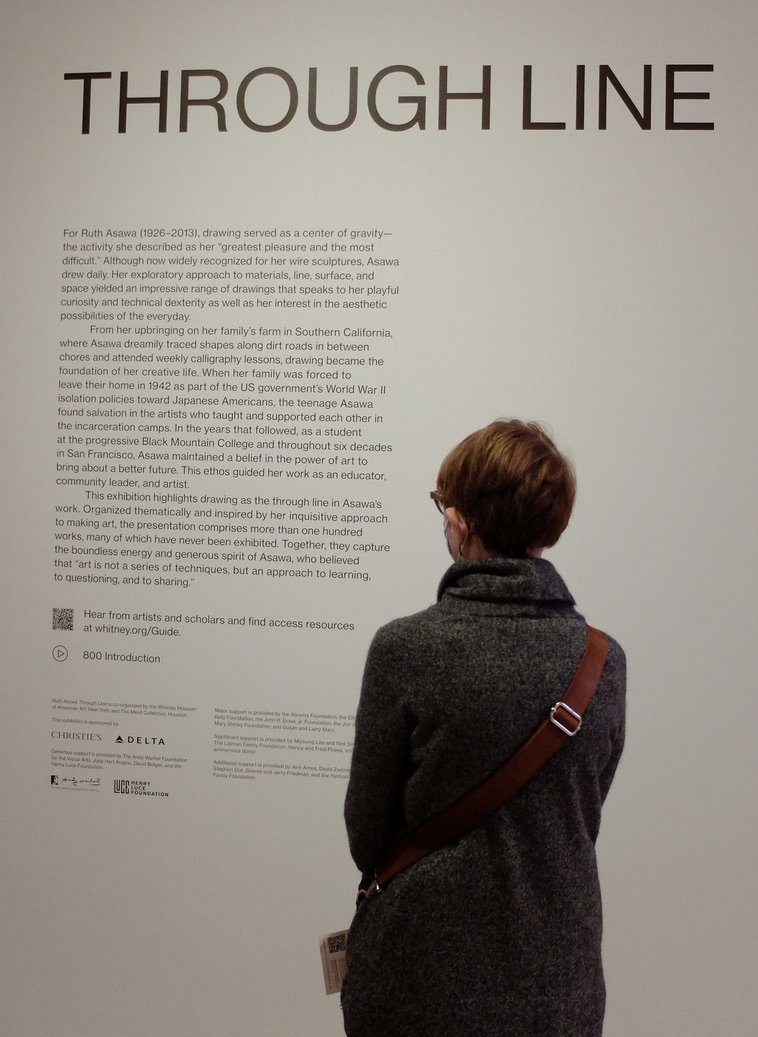
Whitney Museum of American Art
Ruth Asawa: Through Line- This exhibition highlights drawing as the through line in Asawa's work.
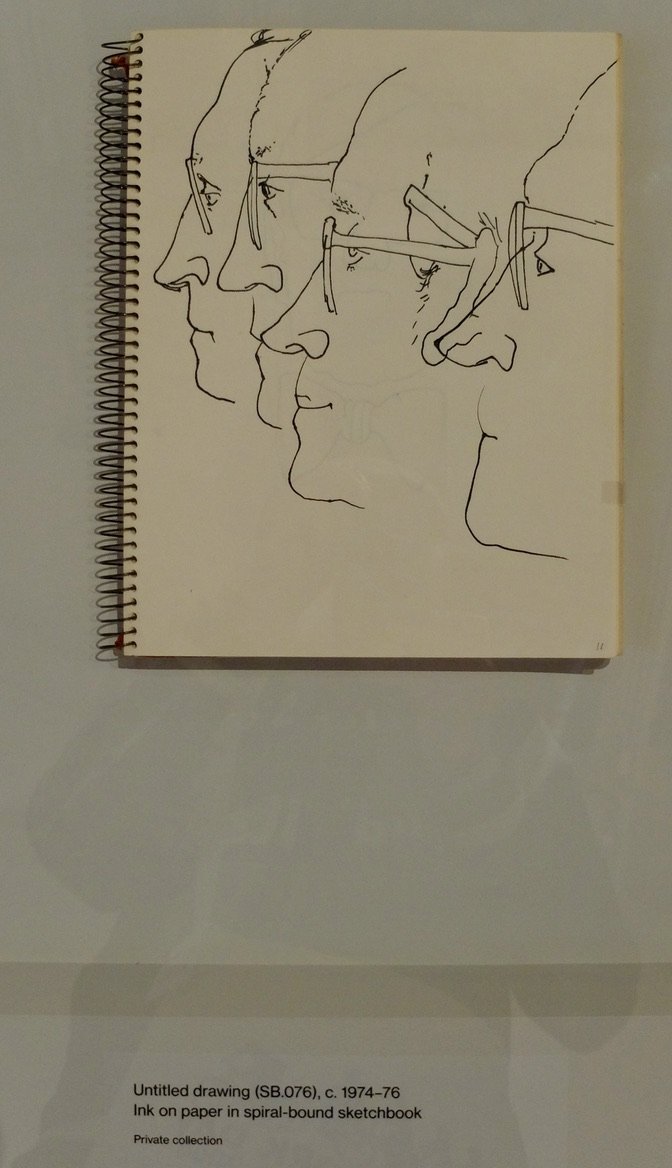
Whitney Museum of American Art
Ruth Asawa: Through Line.

Whitney Museum of American Art
Ruth Asawa: Through Line.
This made me think of Little Boxes, by Malvina Reynolds. Like Reynolds, Asawa was also a SF Bay Area resident.
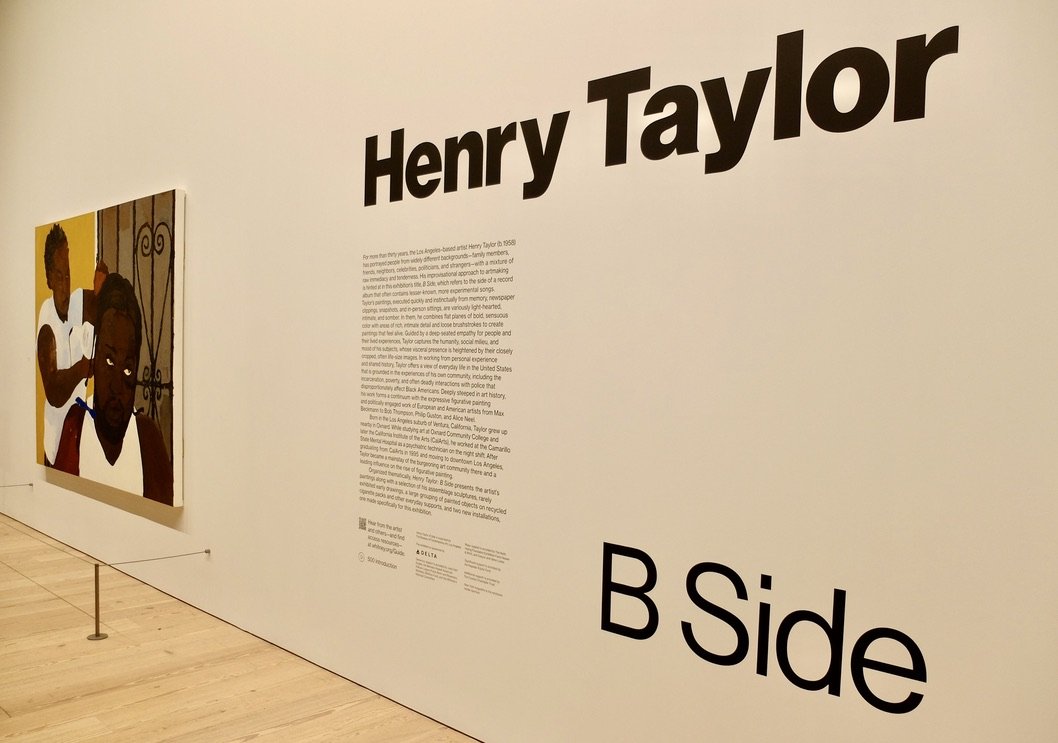
Whitney Museum of American Art.
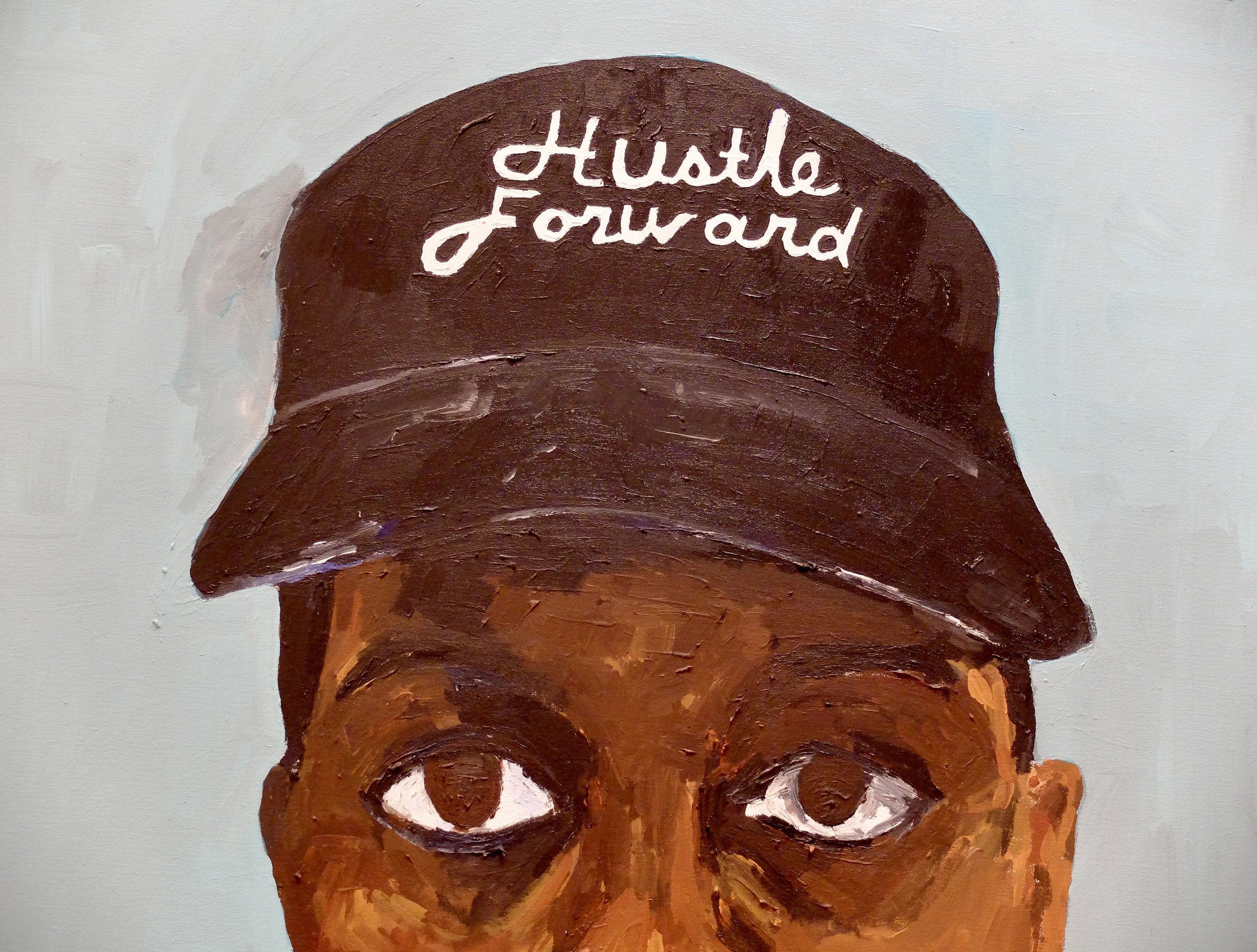
Henry Taylor: B Side - Whitney Museum of American Art.
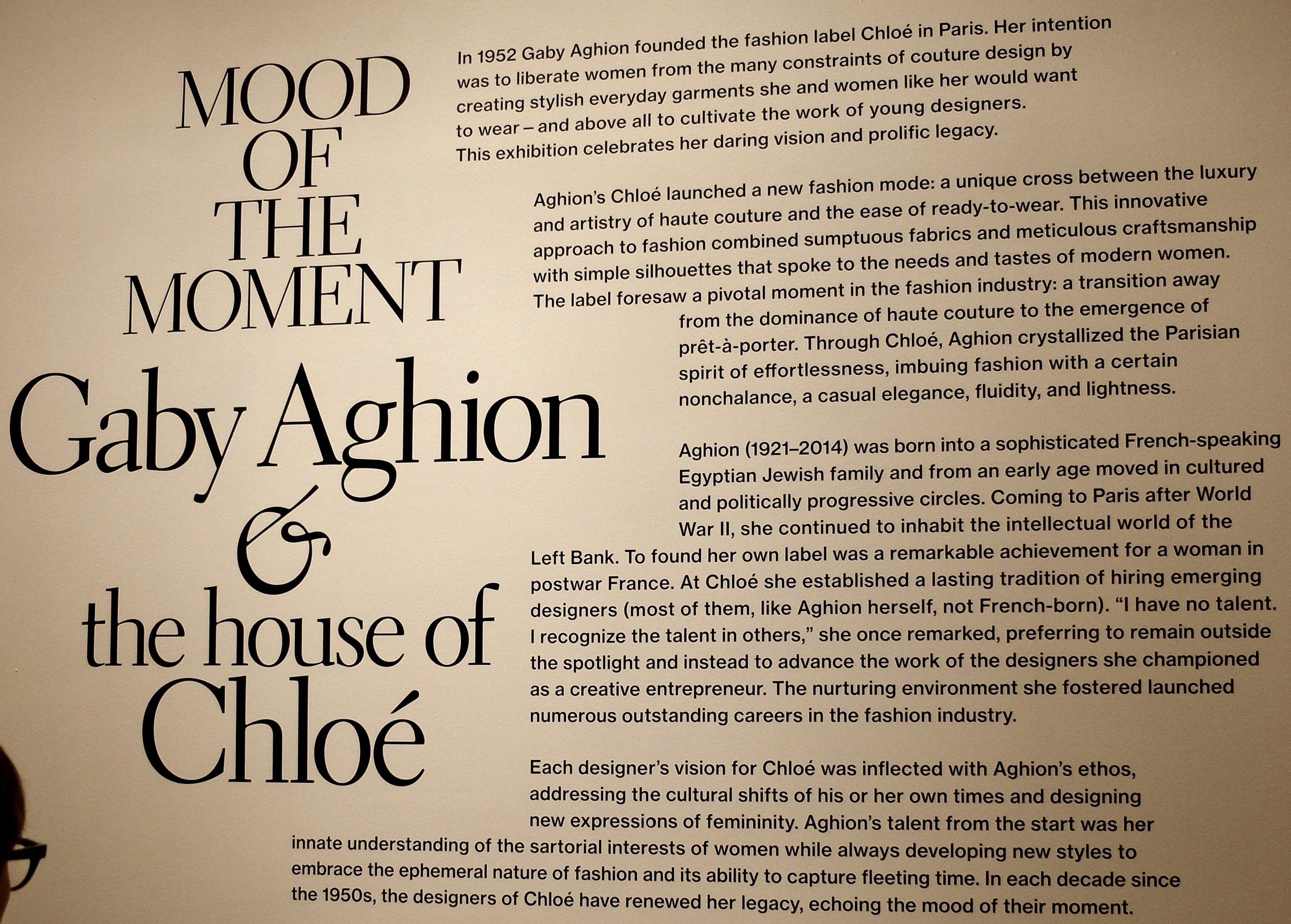
The Jewish Museum - Mood of the Moment - Gaby Aghion & the House of Chloé.
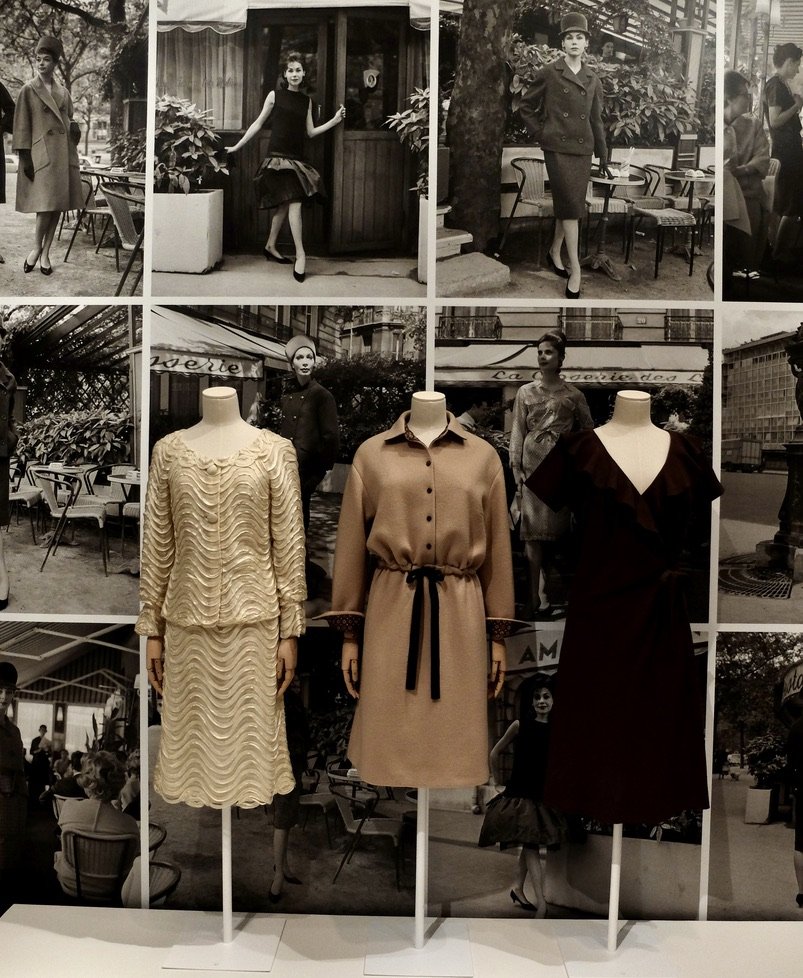
The Jewish Museum - Mood of the Moment - Gaby Aghion & the House of Chloé.
“Chloe's freelance designers submitted sketches to Aghion, who chose which ones to purchase and produce. Thus, a collection was often made up from work by several different designers.”
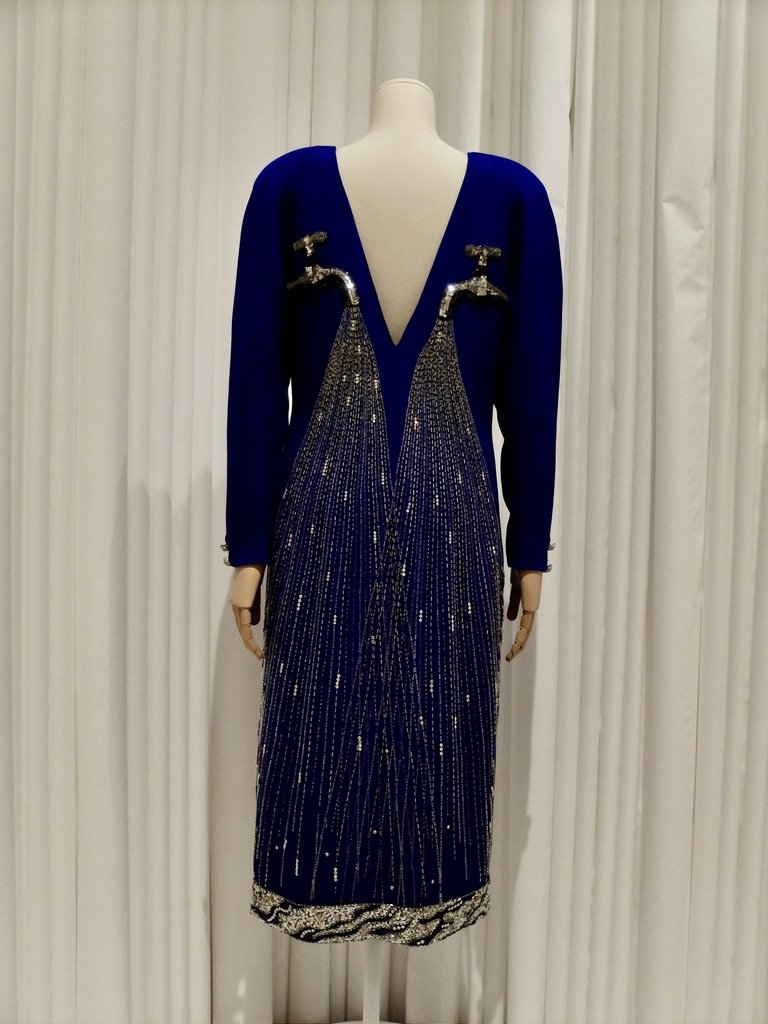
The Jewish Museum - Mood of the Moment - Gaby Aghion & the House of Chloé.
“Designed by Karl Lagerfeld, autumn-winter
1983. Silk embroidered with silver sequins, bugle beads, and crystals by Lanel.”
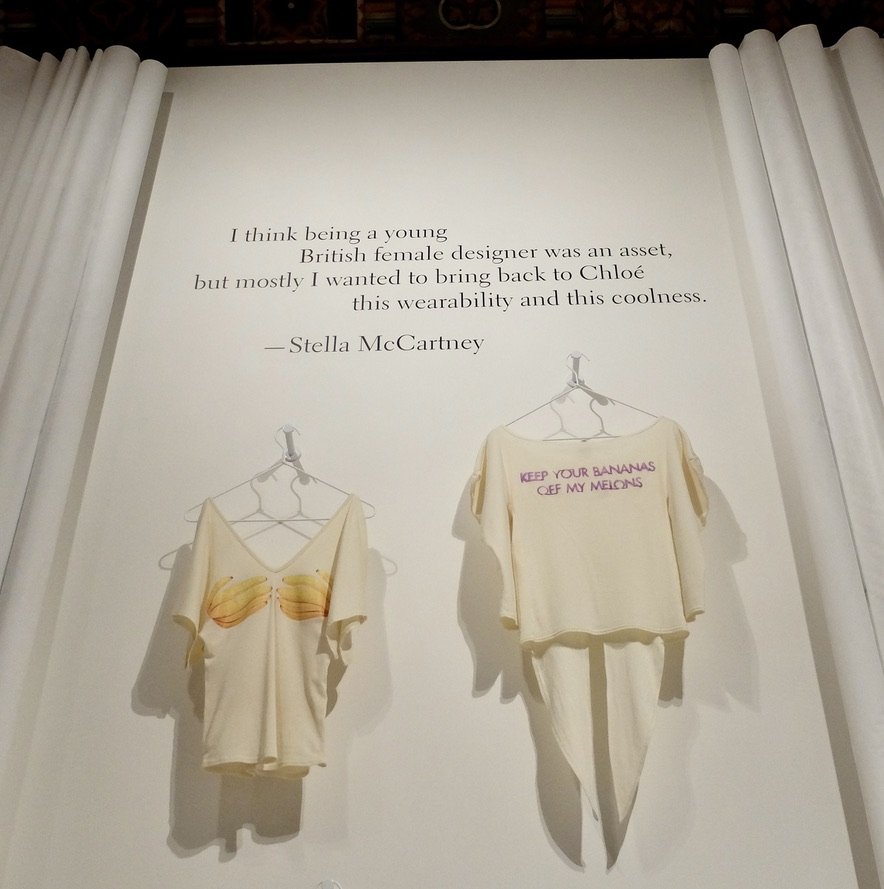
The Jewish Museum - Mood of the Moment - Gaby Aghion & the House of Chloé.
“This shirt's cheeky, faintly risqué image of two bunches of bananas wrapping around the wearer's breasts has a provocative yet playful riposte inscribed on the back:
‘Keep your bananas off my melons.’" by Stella McCartney summer 2001.
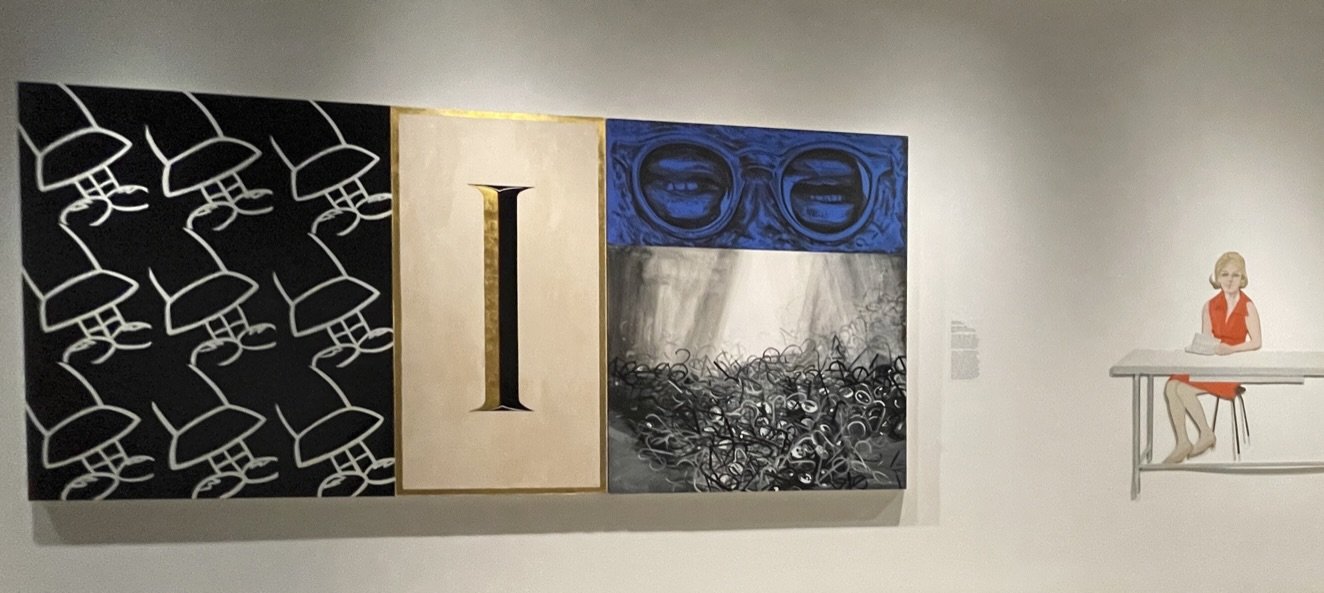
The Jewish Museum - Deborah Kass.
Subject Matters - 1989-90.

The Jewish Museum - Kehinde Wiley, Alios Itzhak (The World Stage: Israel), 2011, oil and enamel on canvas.
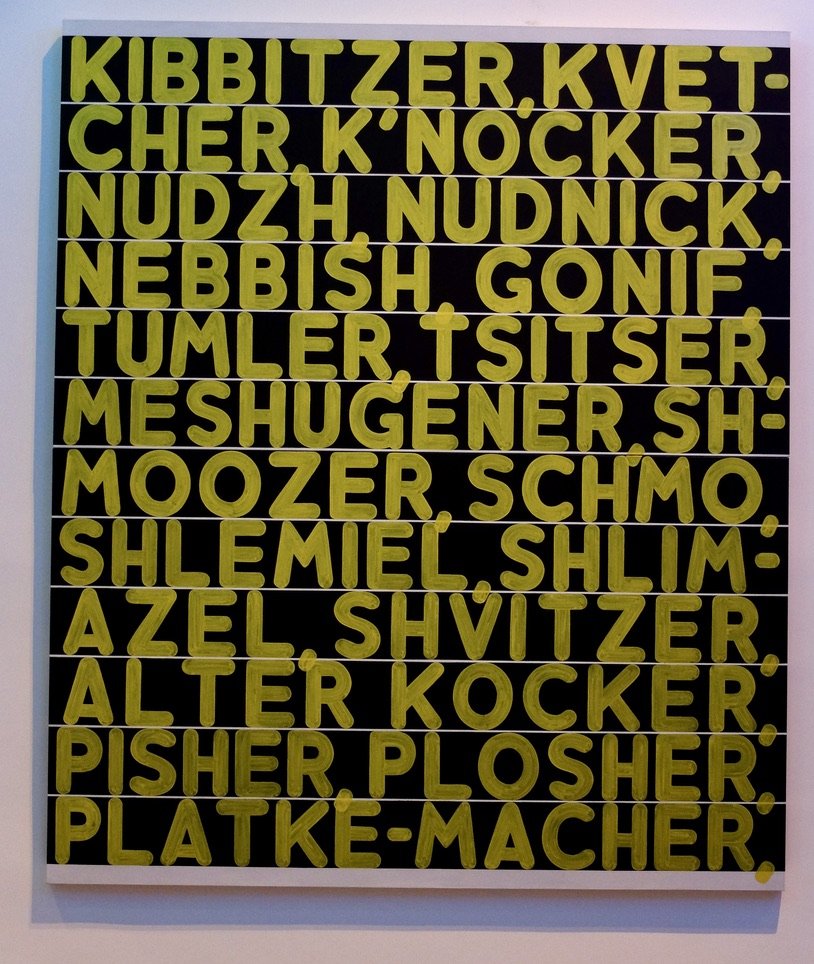
The Jewish Museum - Mel Bochner, The Joys of Yiddish, 2012, oil and acrylic on two canvases. "The Conceptual artist Mel Bochner has worked in word-based visual art throughout his career. In 2003 he began making what he calls 'thesaurus paintings,' composed of collections of synonyms or other groups of terms. The title of this work refers to Leo Rosten's classic 1968 book The Joys of Yiddish, a compilation of Yiddish words that have entered the mainstream American vocabulary. They are typically disparaging and at the same time funny. Despite that levity, Bochner's canvas uses colors that refer to the tragic twentieth-century history of European Jews, echoing the yellow star with black text that they were forced to wear by the Nazis."
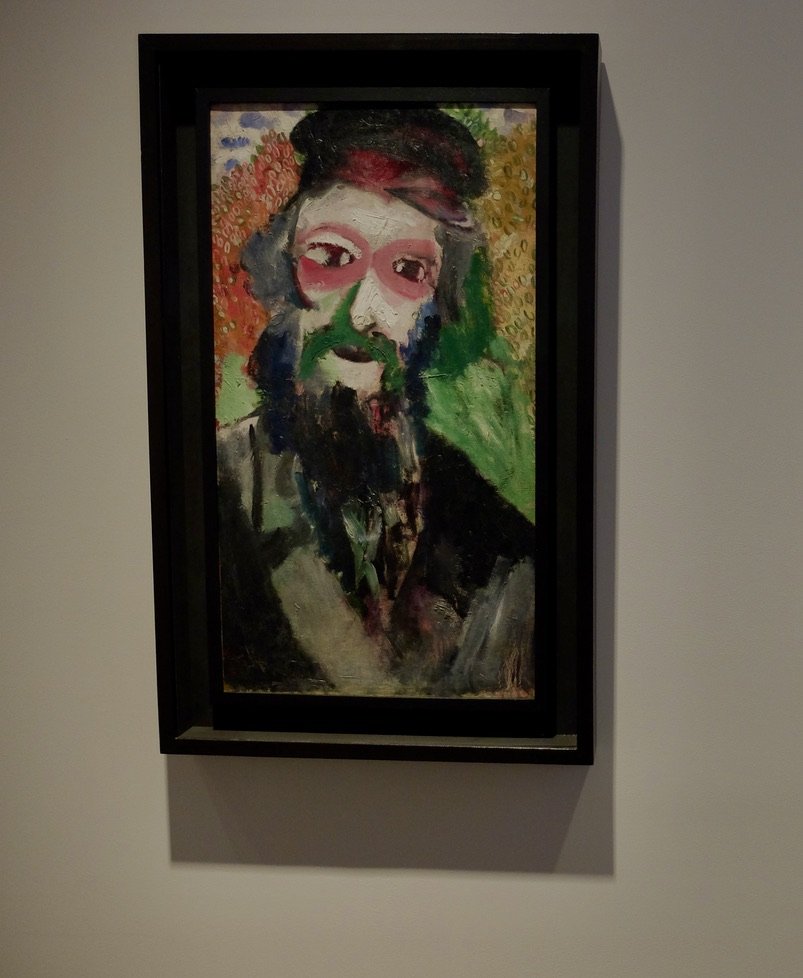
The Jewish Museum - Father (Le Père) Marc Chagall -
Father was on a short term loan to the museum. In fact, it would be gone the following day. This is quite a story that was related to us by a docent.
“Marc Chagall is widely considered the foremost Jewish artist of the twentieth century. Painted in Paris, Chagail reveals in this spirited work his earty adoption of Fauvist principles, using color in an expressive rather than naturalistic way, as seen in the red rings around his father's eyes and his green mustache and hair. The portrait of his father, Zahar--who lived in Chagall hometown of Vitebsk his whole life--mixes vanguard directions in art with oid-world subject matter, dreams with fired reality. As the artiat said. "My paintings are my memories."
Chagall returned to Vitebsk in 1914 to marry his childhood sweetheart, Bella Rosenfeld. Because of the turmod of World War I (1914- 18) and the Russian Revolution (791)-23), he could not return to Paris until 1923. The painter found his studio in bohemian Montparnasse empty, and Father was nowhere to be found. A decade after the war, in 1928 David Cender, a musical- instrument maker of Lodz, acquired the painting from a prominent Polish art dealer.
The Germans invaded Poland in 1939, terrorizing Jews throughout the country. The Cander famiy and more than 150,000 other Jewish people of Lodi were forced to abandon their belongings and move into the ghetto. The Cenders were deported to the Auschwitz death camp, and only David survived. in 1955 he emigrated to France and attempted to reclaim his property, but no resolution had been raeched by the time of his passing, eight years later.
In 1970 the German courts ruled out restituting Father because there were gaps in its documentation, and they did not know its location.
Unaware of Father's history, Chagall had reacquired the painting by 1953 and lent it to several museums for exhibition during subsequent decades. Chagall died in 1985, and his estate gave Father to the French state, which assigned it to the Musée National d' Art Moderne in Paris. As part of France's efforts beginng in 2019 to restitute looted art in their collections, the National Assembly returned Father to its rightful owners, the heirs of David Cender, in April 2012.”
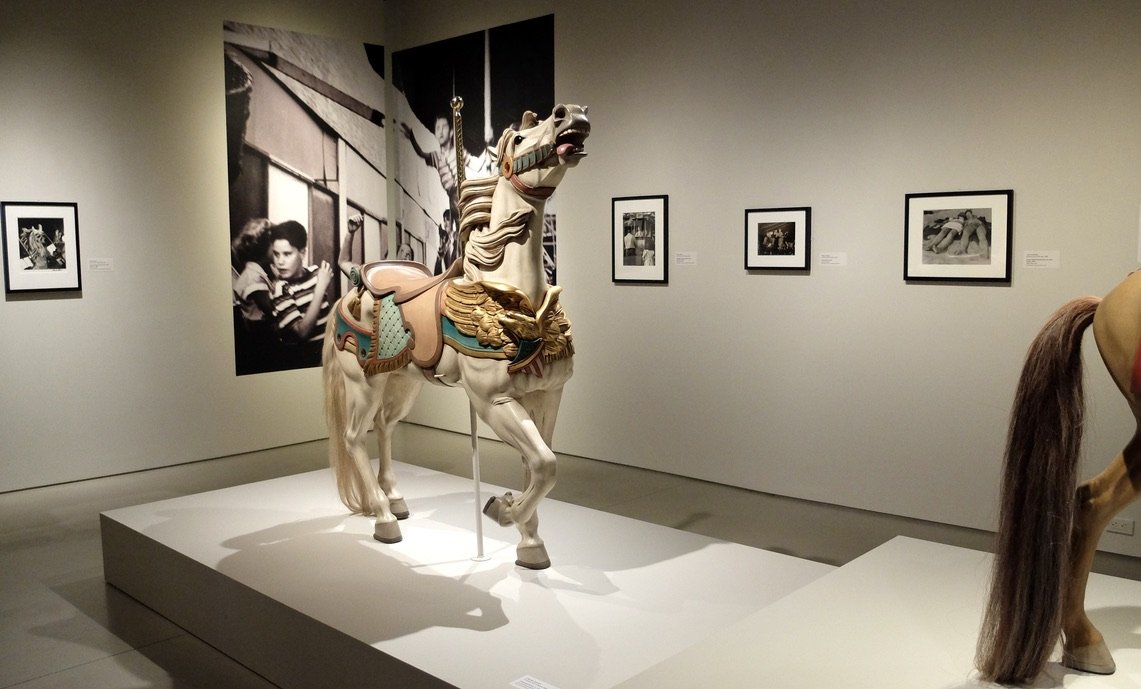
The Jewish Museum.
Russian born Charles Carmel - Carousel Horse, c. 1914 in the Coney Island style.
https://stories.thejewishmuseum.org/giddy-up-coney-island-style-carousel-horses-6a09b2d4b4b6
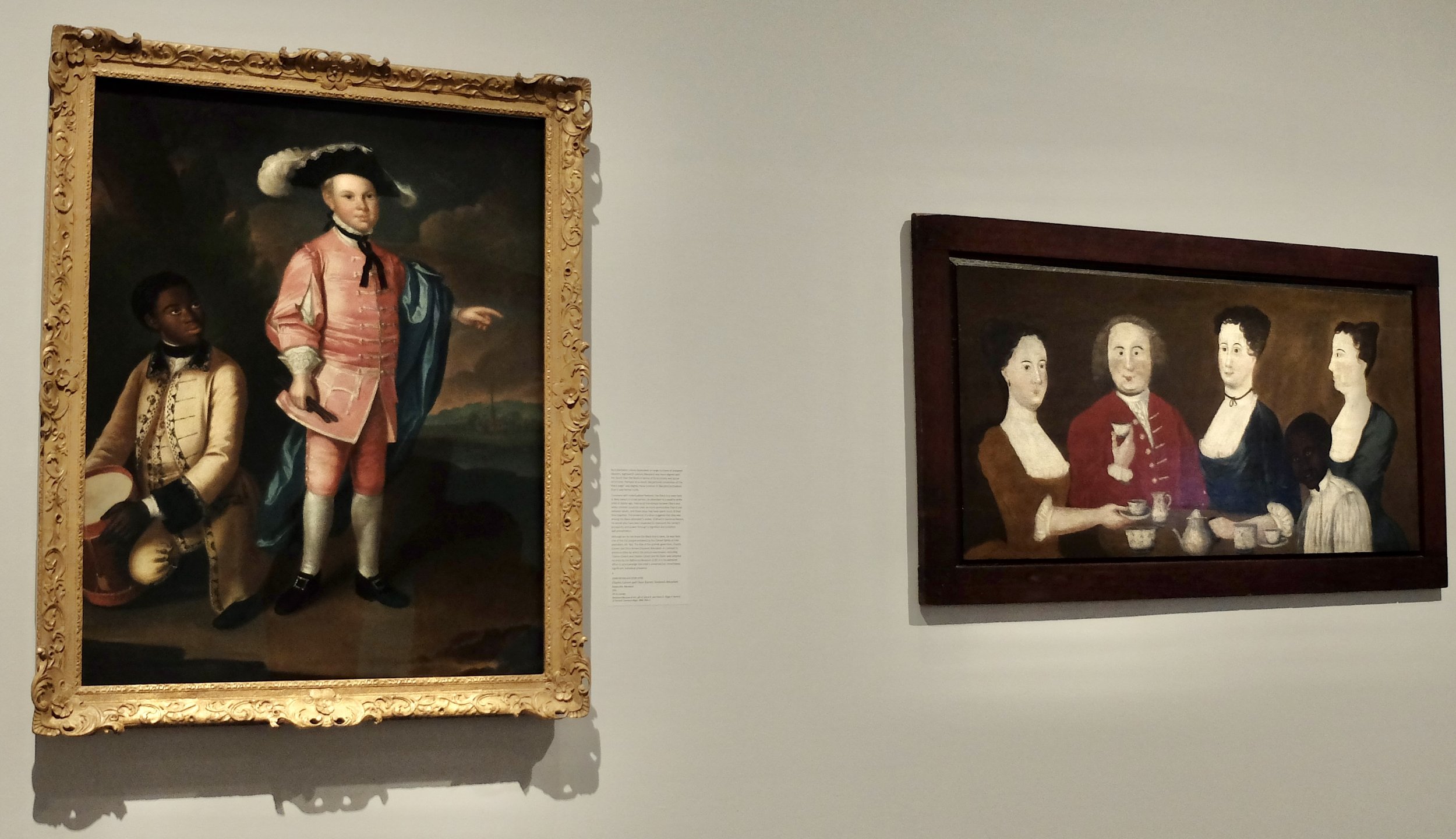
Folk Art Museum. Unnamed Figures: Black Presence and Absence in the Early American North.
“…this exhibition invites visitors to focus on figures who appear in—or are omitted from—early American images and will challenge conventional narratives that have minimized early Black histories in the North, revealing the complexities and contradictions of the region’s history between the late 1600s and early 1800s.”
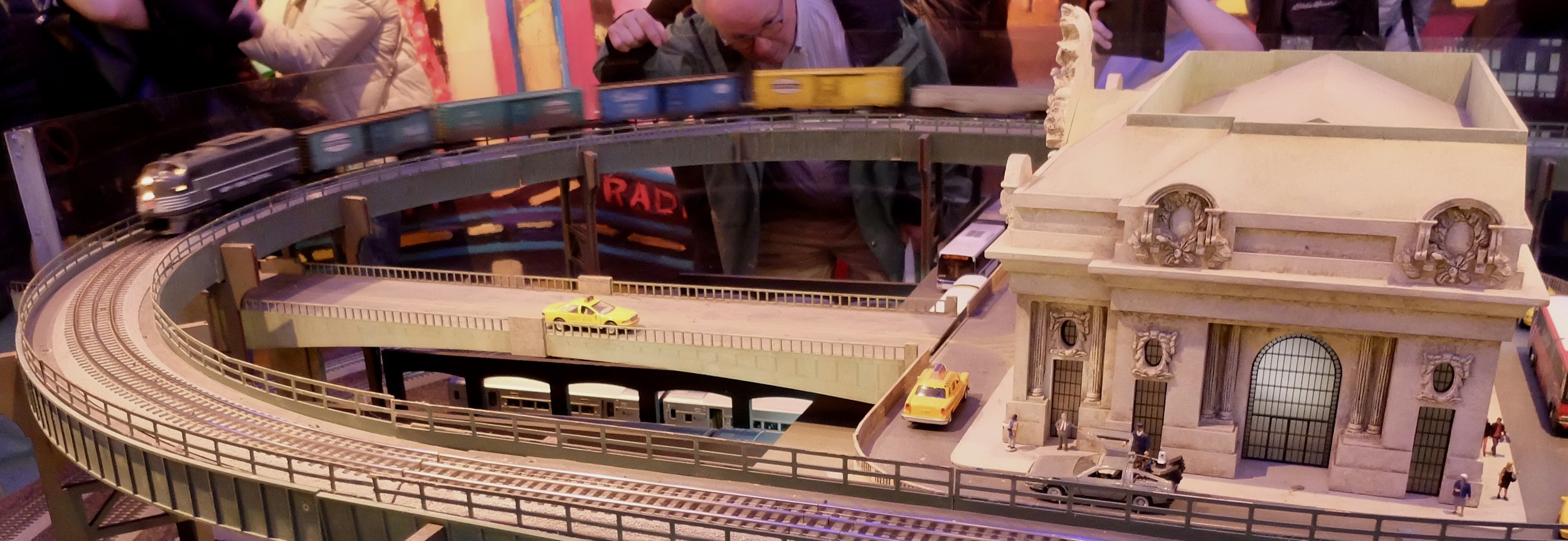
New York Transit Museum’s Holiday Train Show.
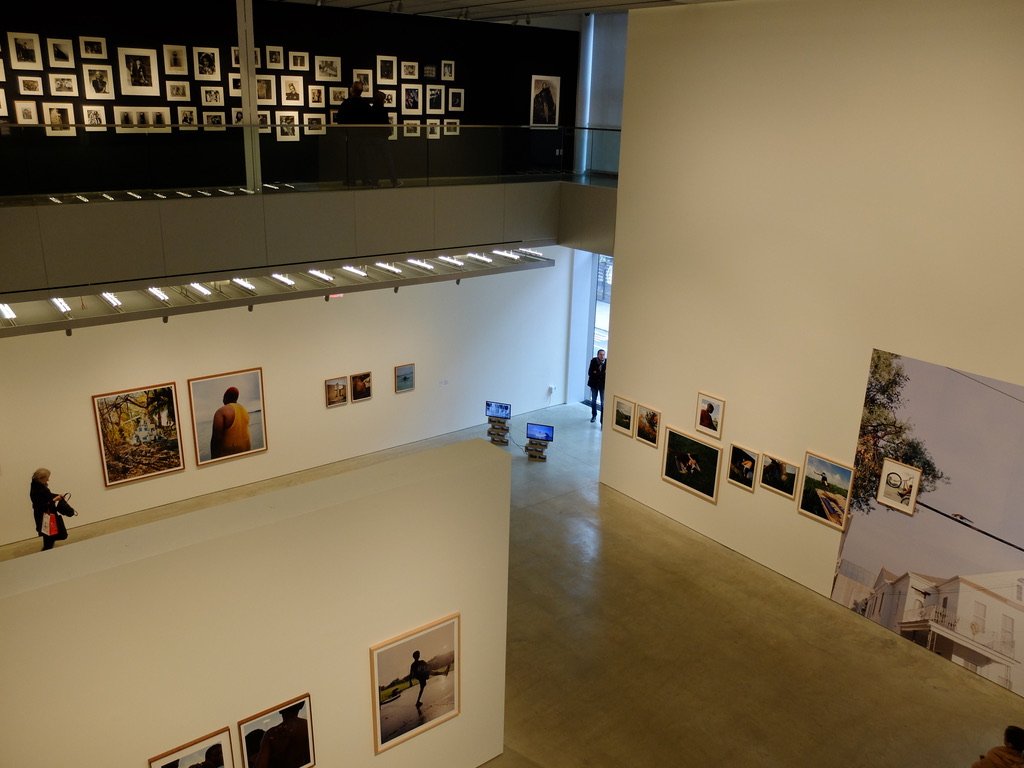
International Center of Photography Museum.
We’ve visited this museum many times over the years. This is the 3rd location we’ve visited.
We met two, about our age, Frenchwomen on the catwalk. We discussed politics & Marlene.
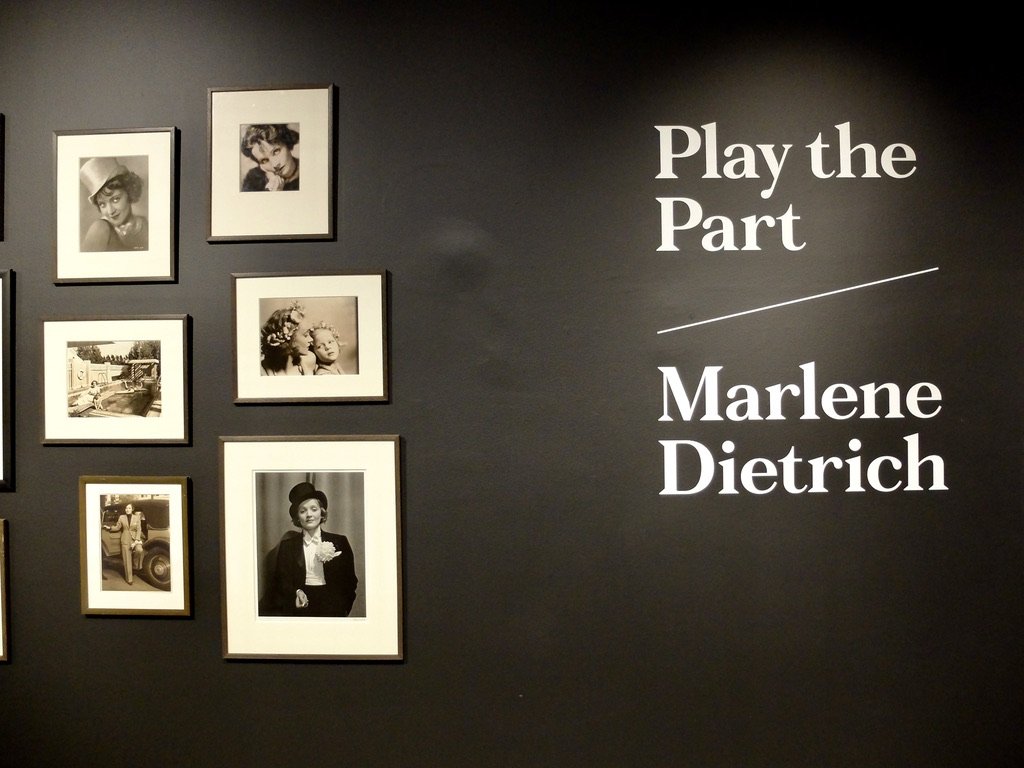
International Center of Photography Museum.
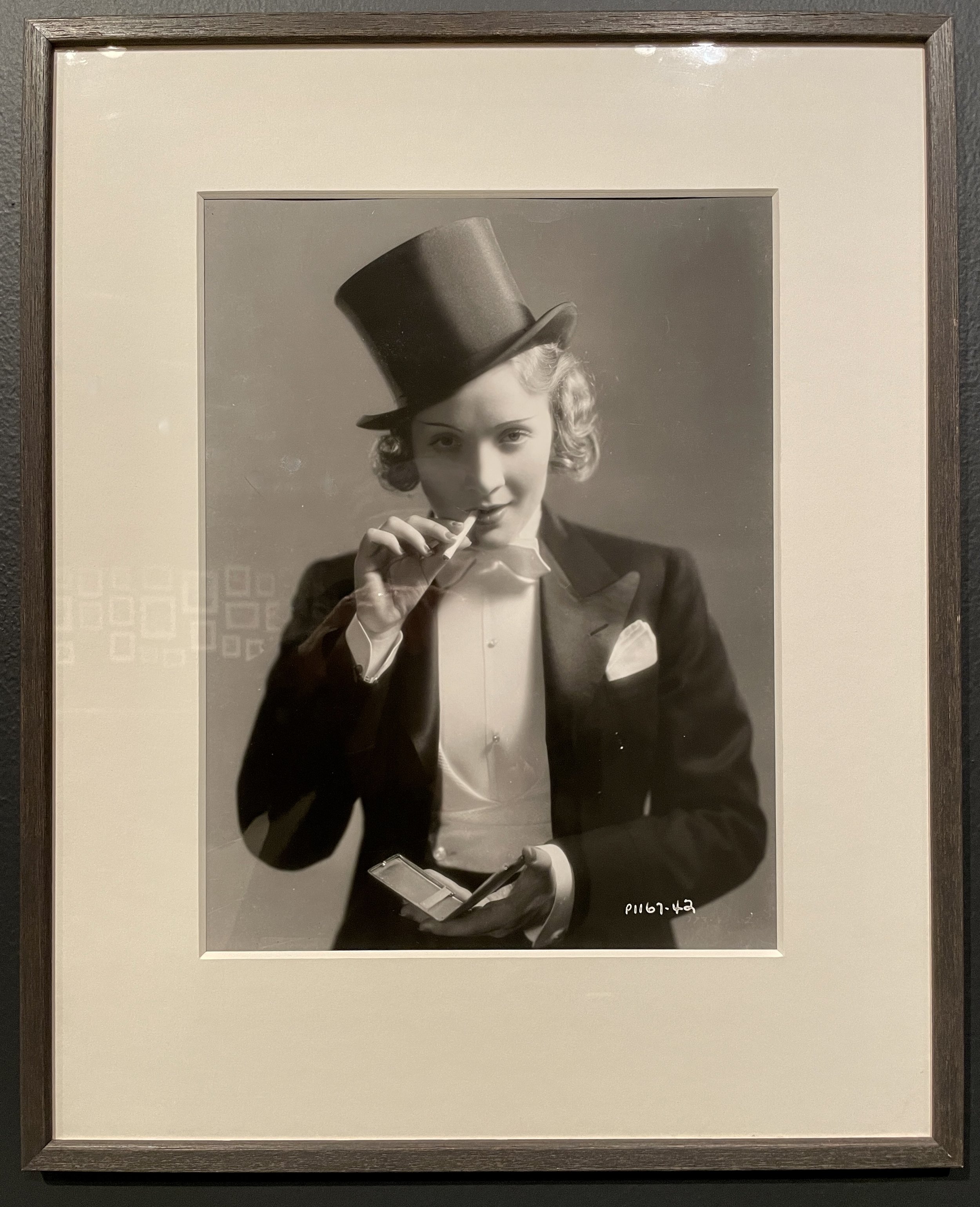
International Center of Photography Museum.
Play the Part/Marlene Dietrich.
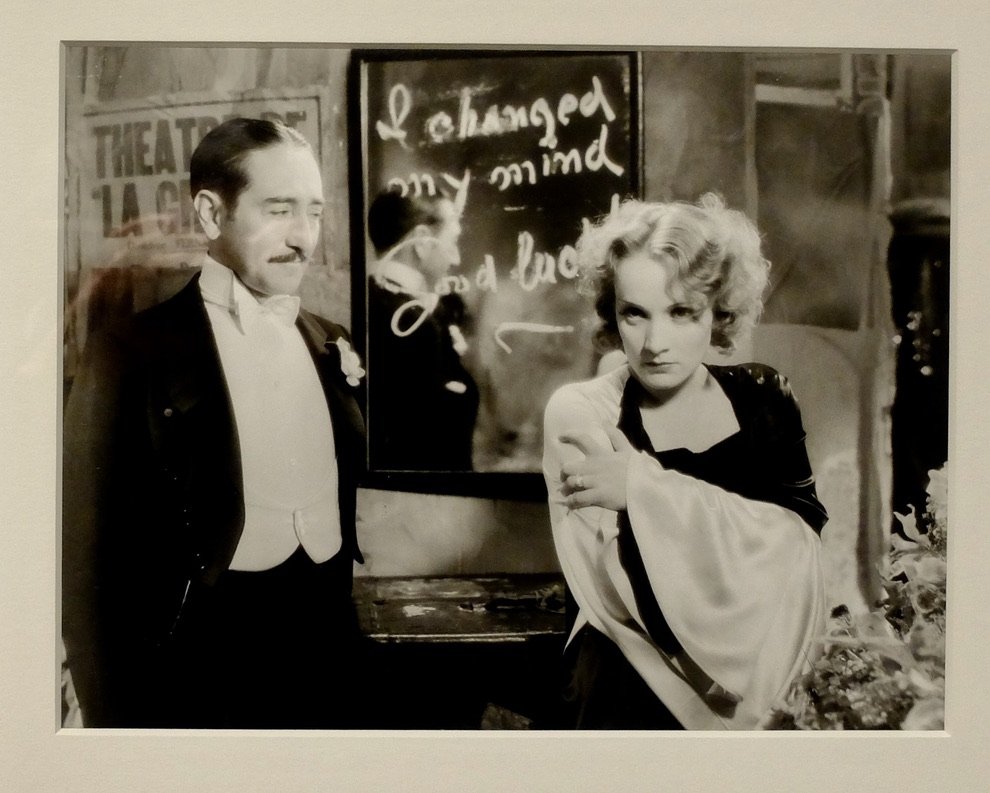
“I changed my mind. Good luck.”
International Center of Photography Museum.
Play the Part/Marlene Dietrich.
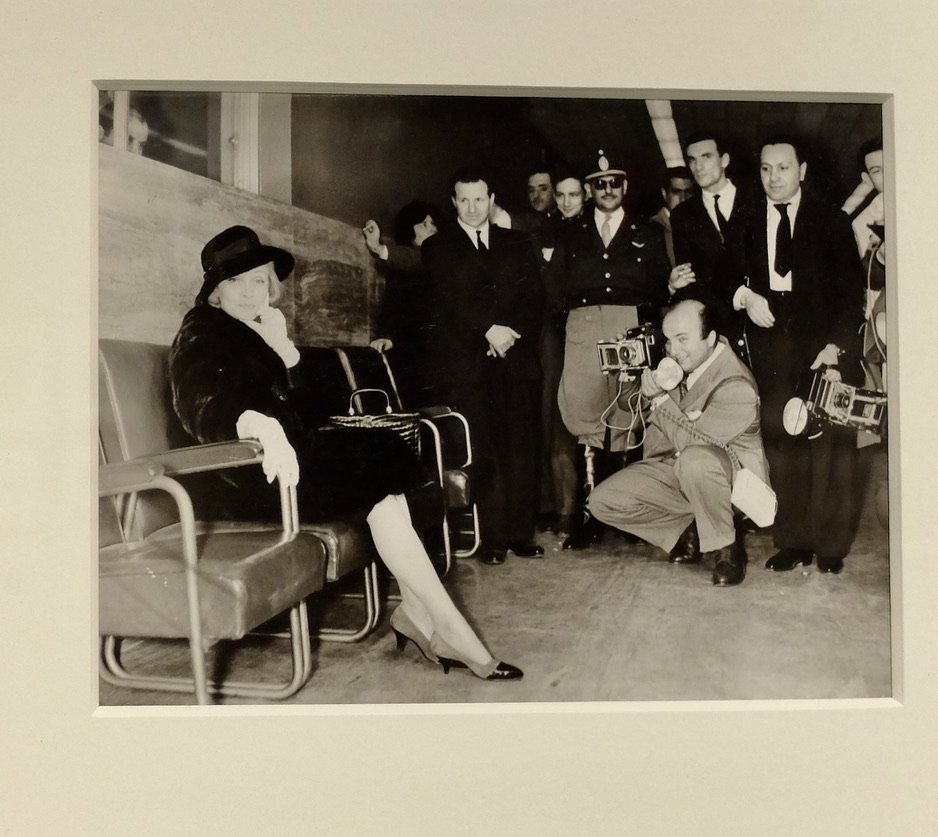
International Center of Photography Museum.
Play the Part/Marlene Dietrich.
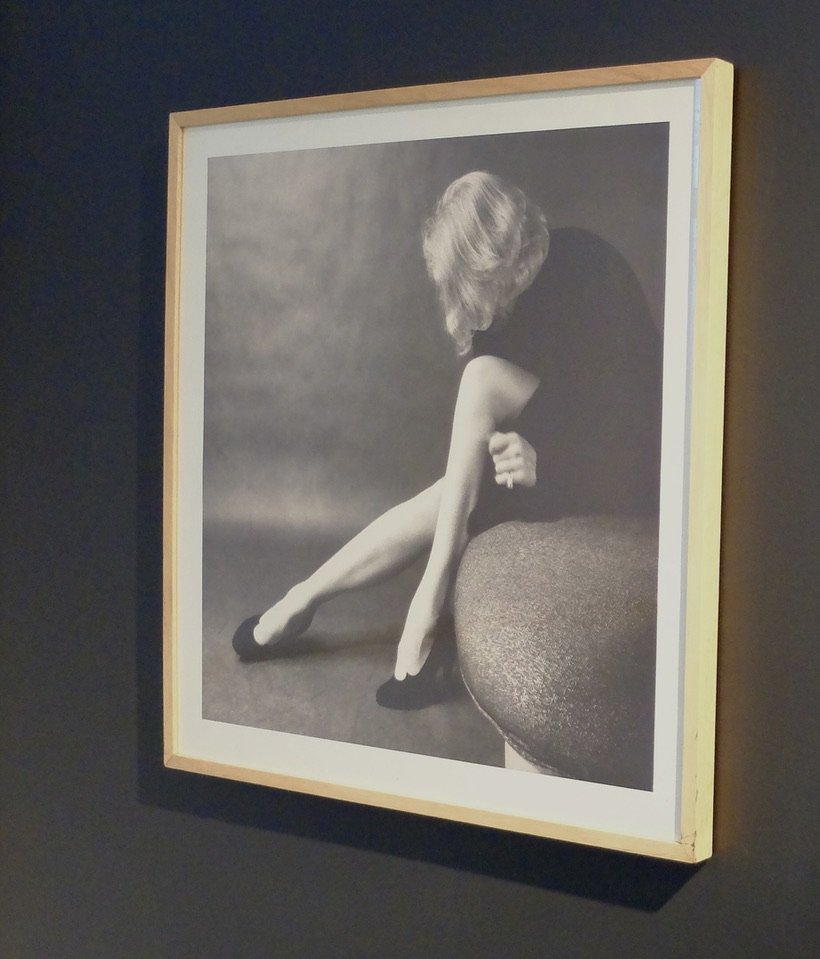
International Center of Photography Museum.
Play the Part/Marlene Dietrich.
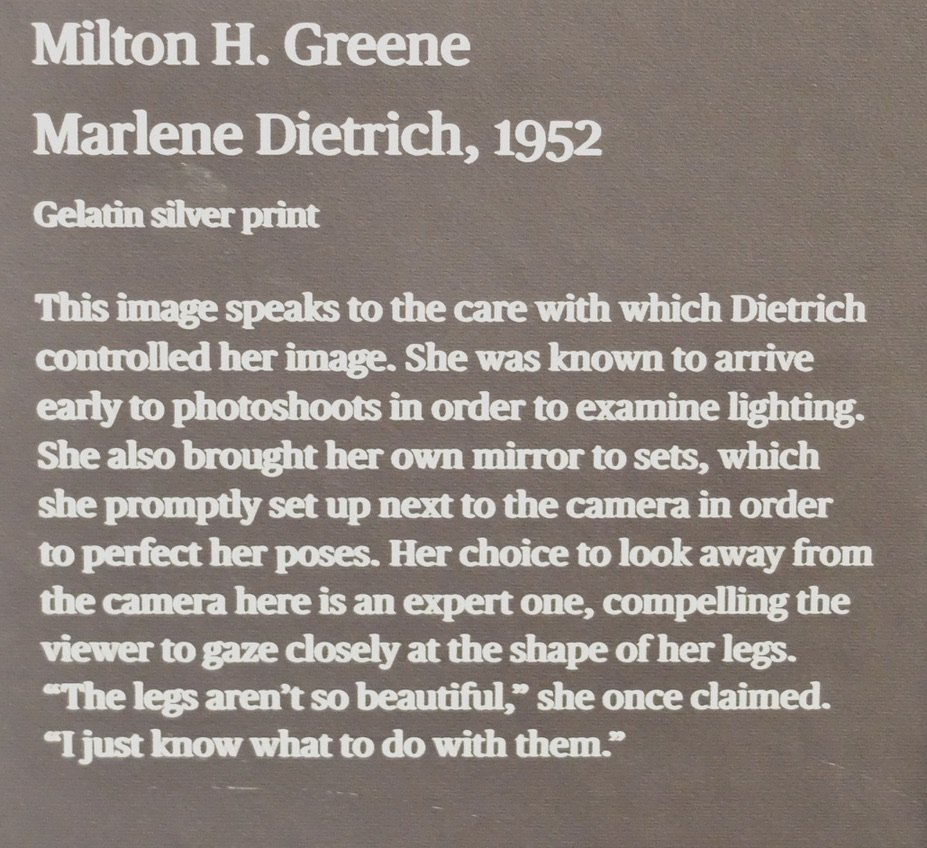
International Center of Photography Museum.
Play the Part/Marlene Dietrich.
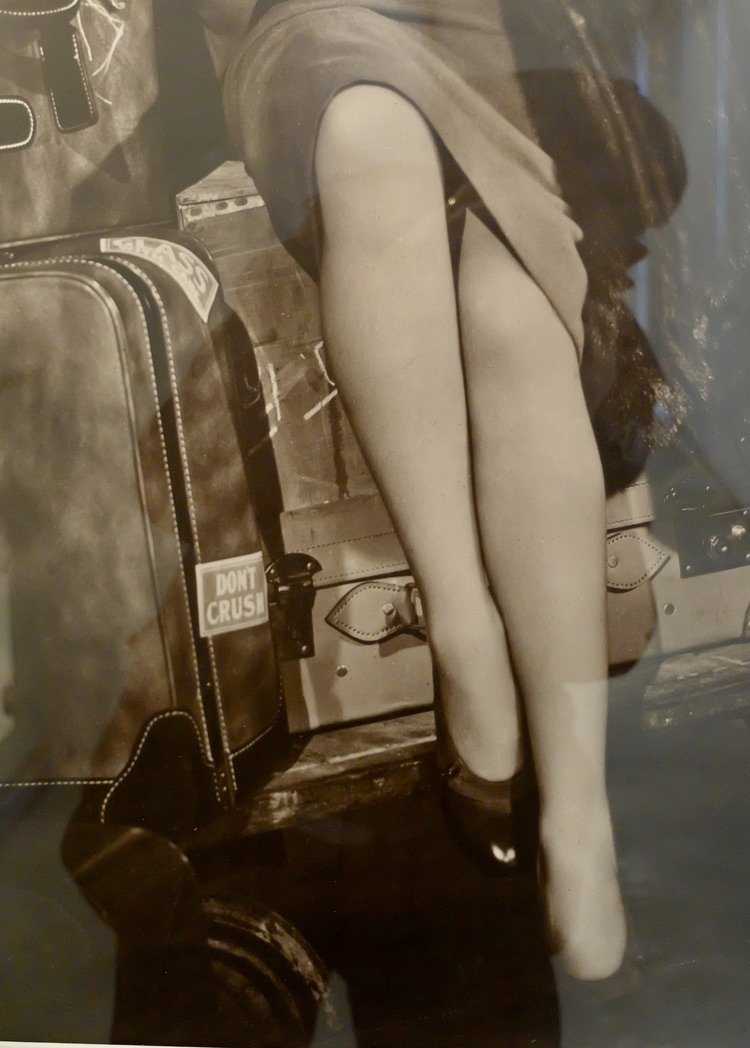
“DON’T CRUSH”
International Center of Photography Museum.
Play the Part/Marlene Dietrich.
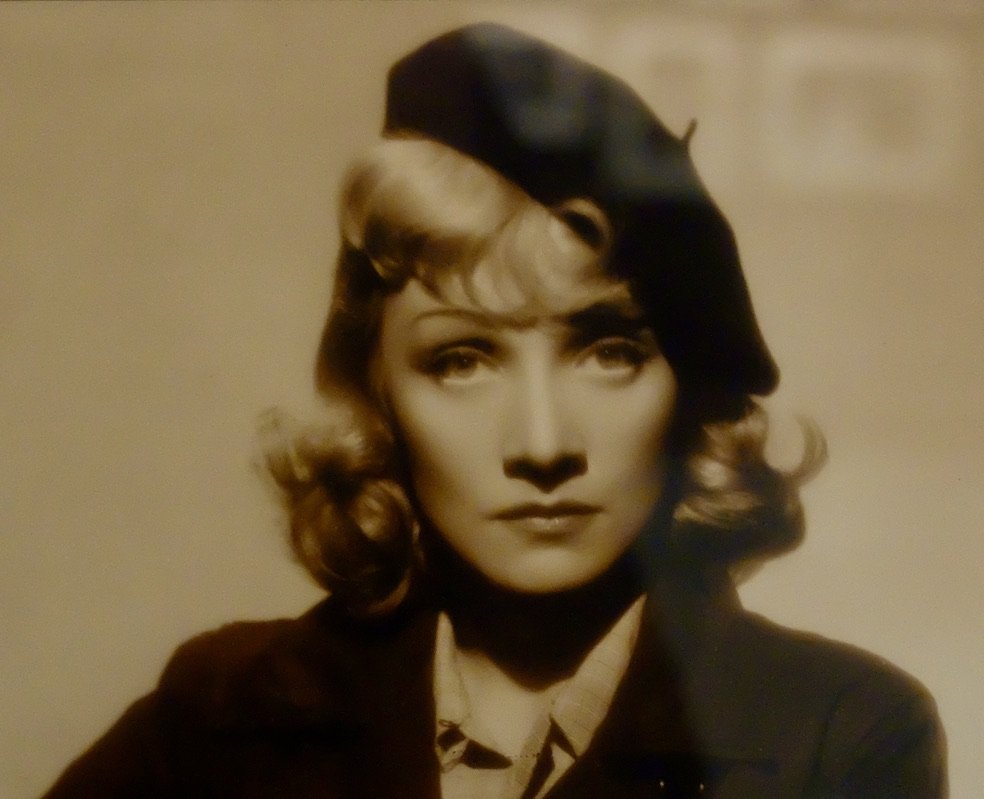
International Center of Photography Museum.
Play the Part/Marlene Dietrich.
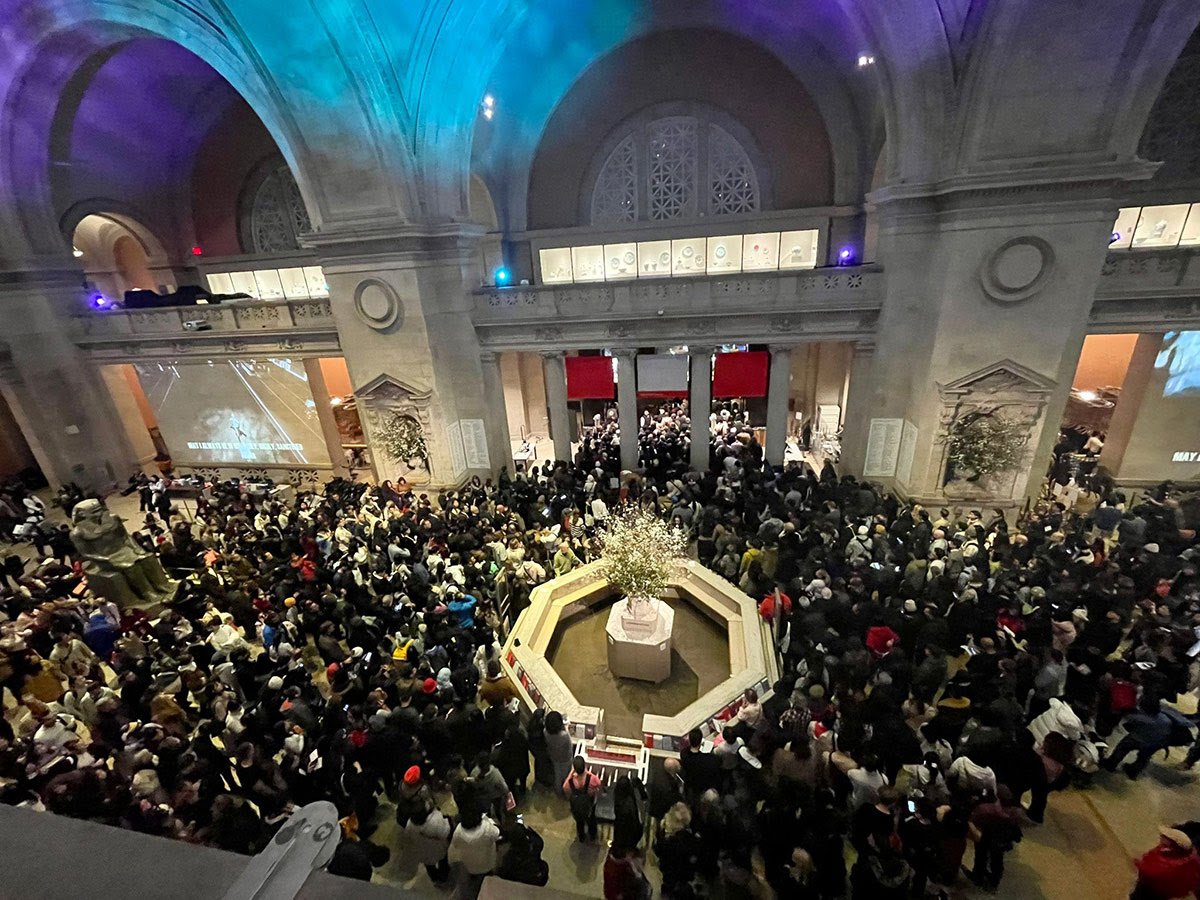
The Metropolitan Museum of Art (The MET).
From the desk of Max Hollein, director@metmuseum.org
"In the week between Christmas and New Year’s, we welcomed nearly 120,000 visitors! On December 29 alone (photo), more than 30,000 people joined us in the galleries."
We walked by & saw the lines & decided to wait until the following week. It was much less crowded.

Women Dressing Women @ the MET.
We came for this exhibit in particular & spent five hours in the museum. including a snack in their cafeteria.
Overheard behind us while waiting in line outside the MET: “He’s a really cool guy, he drinks Aperol Spritz’.”
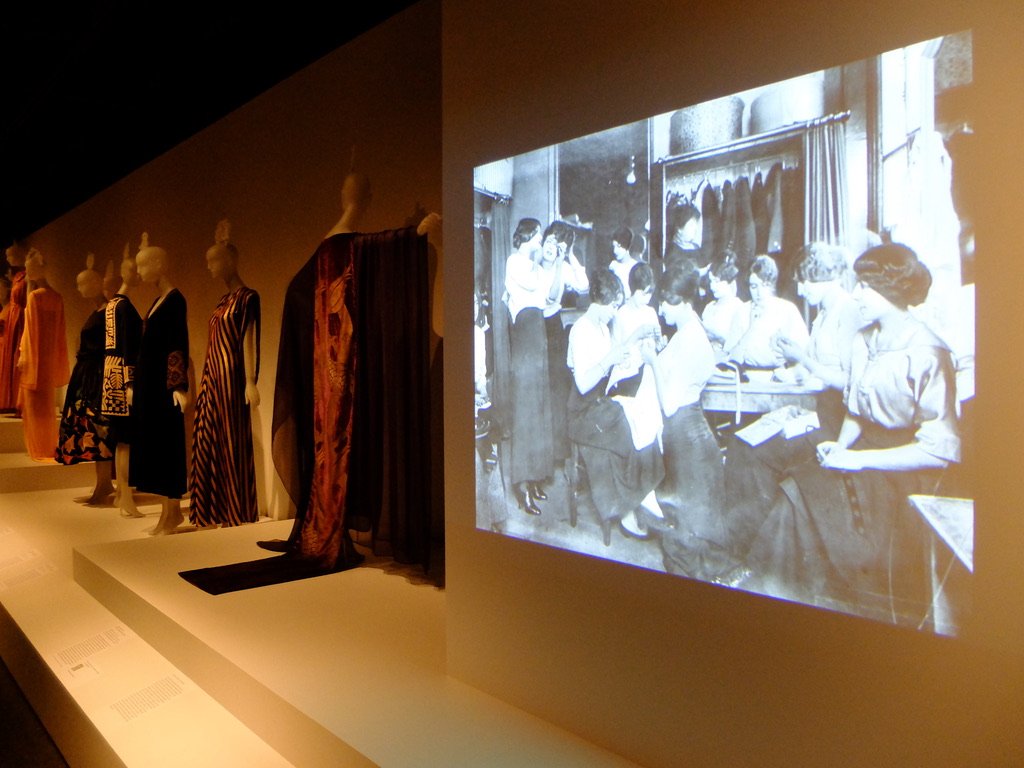
Women Dressing Women @ the MET.
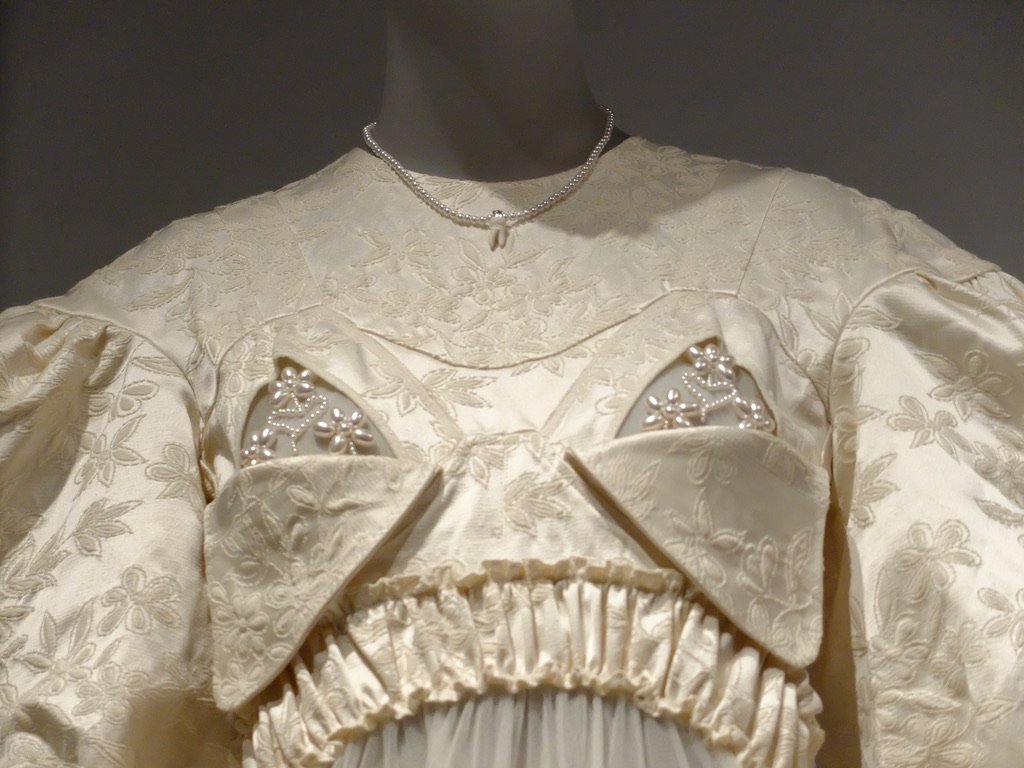
Women Dressing Women @ the MET.
“…a mannequin that was dressed in a Spring 2023 Simone Rocha dress adorned with porcelain baby teeth and pearl-beaded breast pockets reminiscent of the cups of a nursing bra… According to the gallery label, the piece… was meant to evoke the “spooky, deranged insomnia” of early motherhood.”
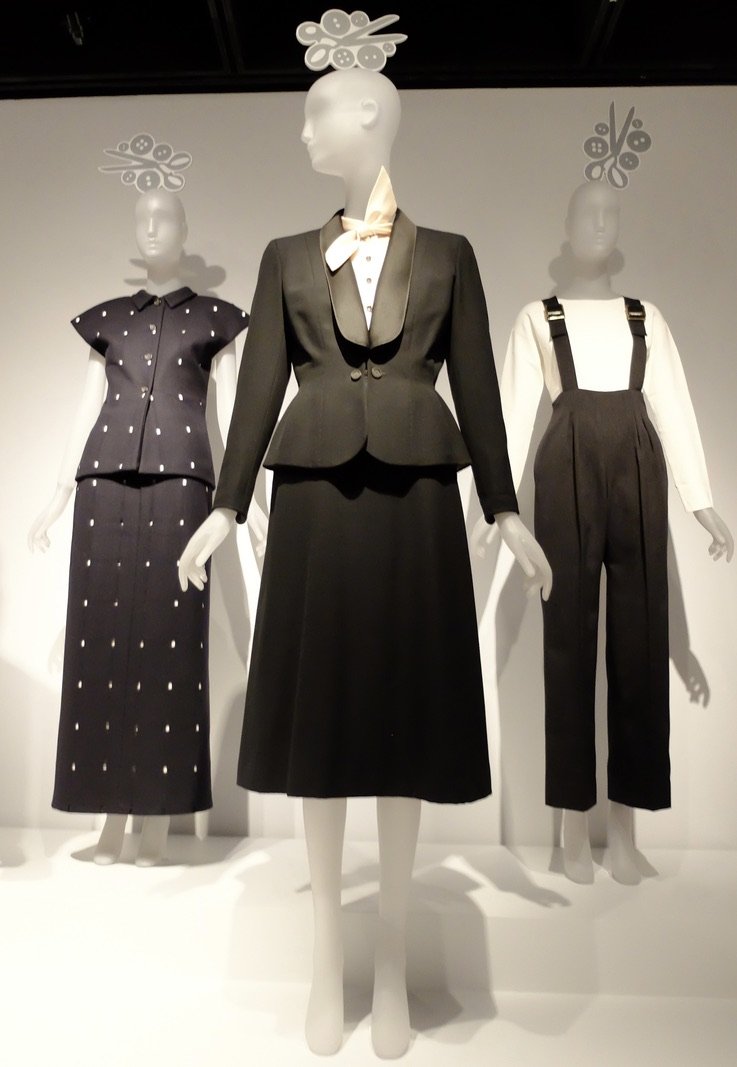
Women Dressing Women @ the MET.
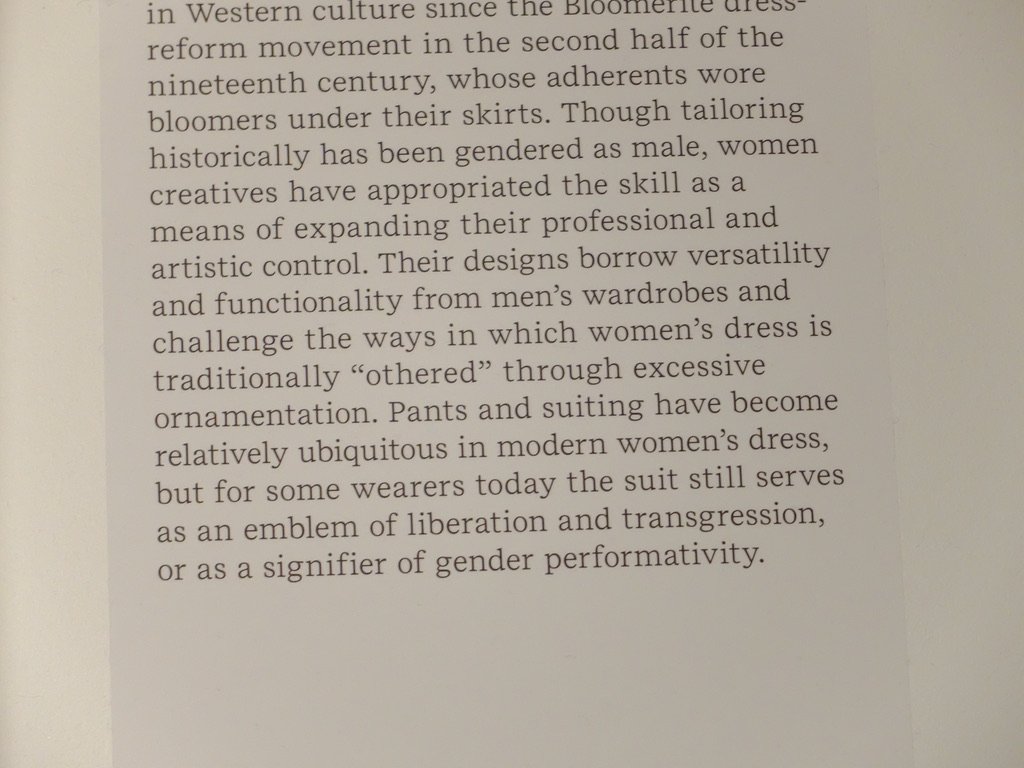
Women Dressing Women @ the MET.
The curators get carried away with phrasing…
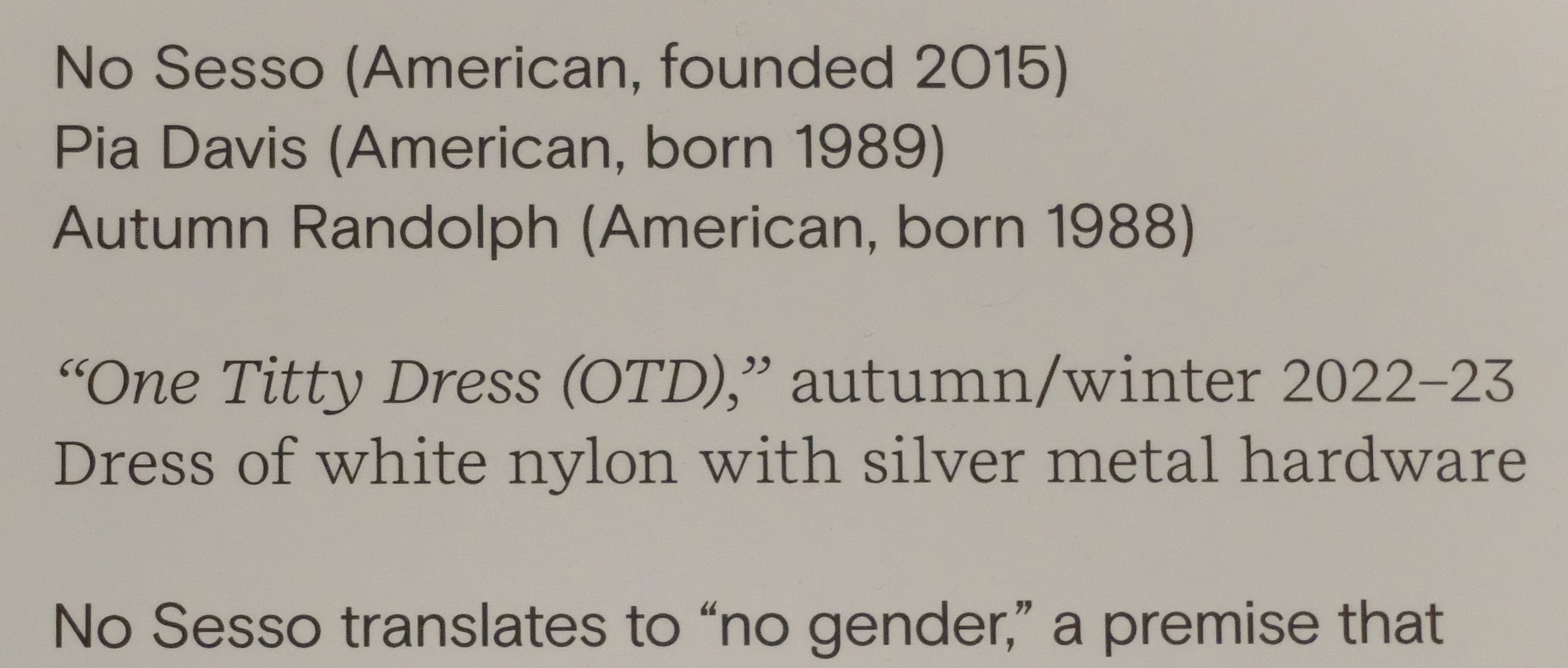
And then there was this one…
Women Dressing Women @ the MET.
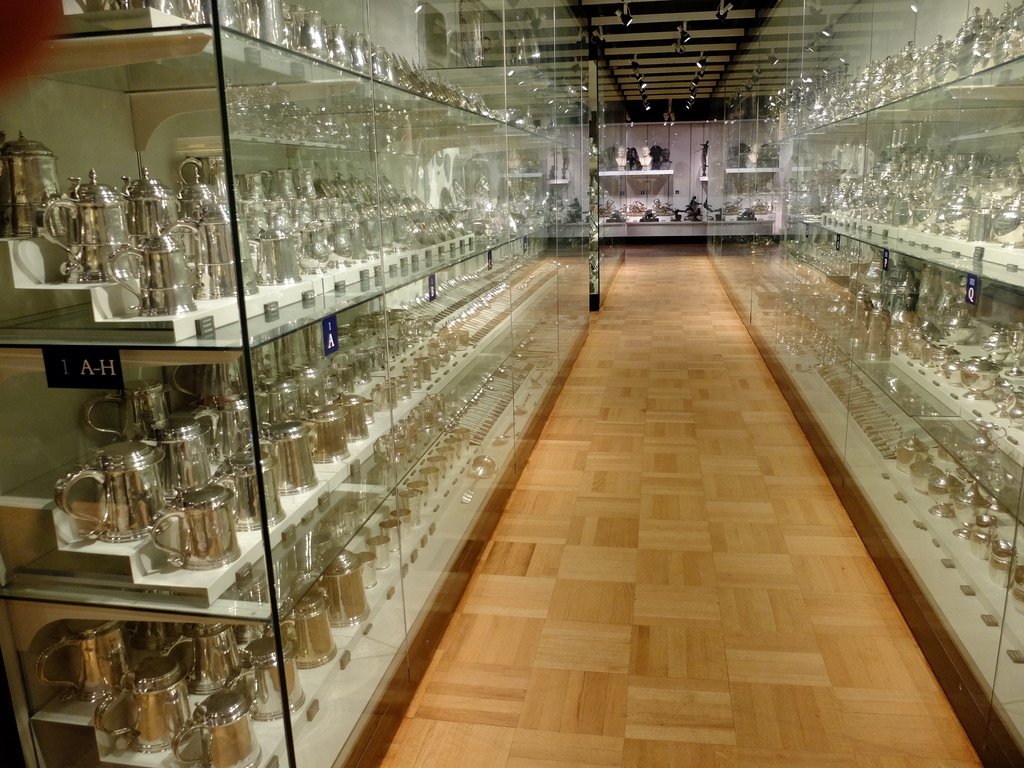
As we were walking down this aisle in the MET, we overheard a fellow say to his friends "Where am I, in Crate & Barrel?"
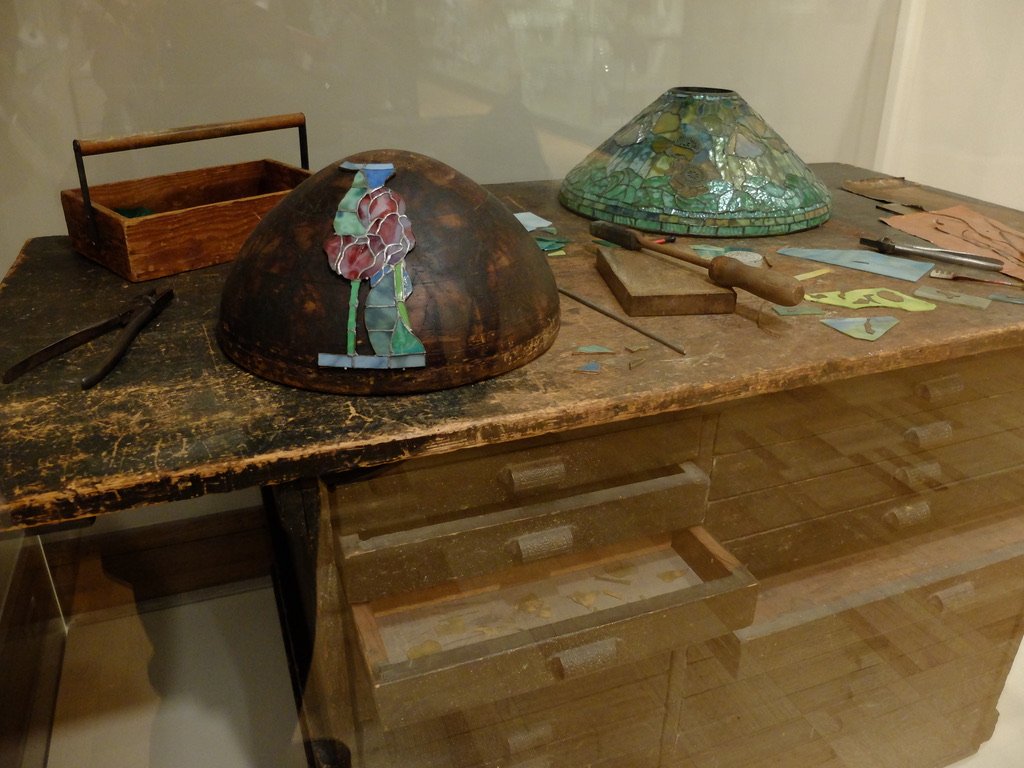
Tiffany workshop @ the MET.

Baseball Cards from the Collection of Jefferson R. Burdick @ the MET.
“This exhibition features over one hundred thirty cards produced between 1887 & 1953…the cards feature legends of the game as well as lesser-known players, owners, and teams that have contributed to the history of the game.”

At the Met, Cooking-on Saturday 1936 by Leslie Garland Bolling - Carved wood.
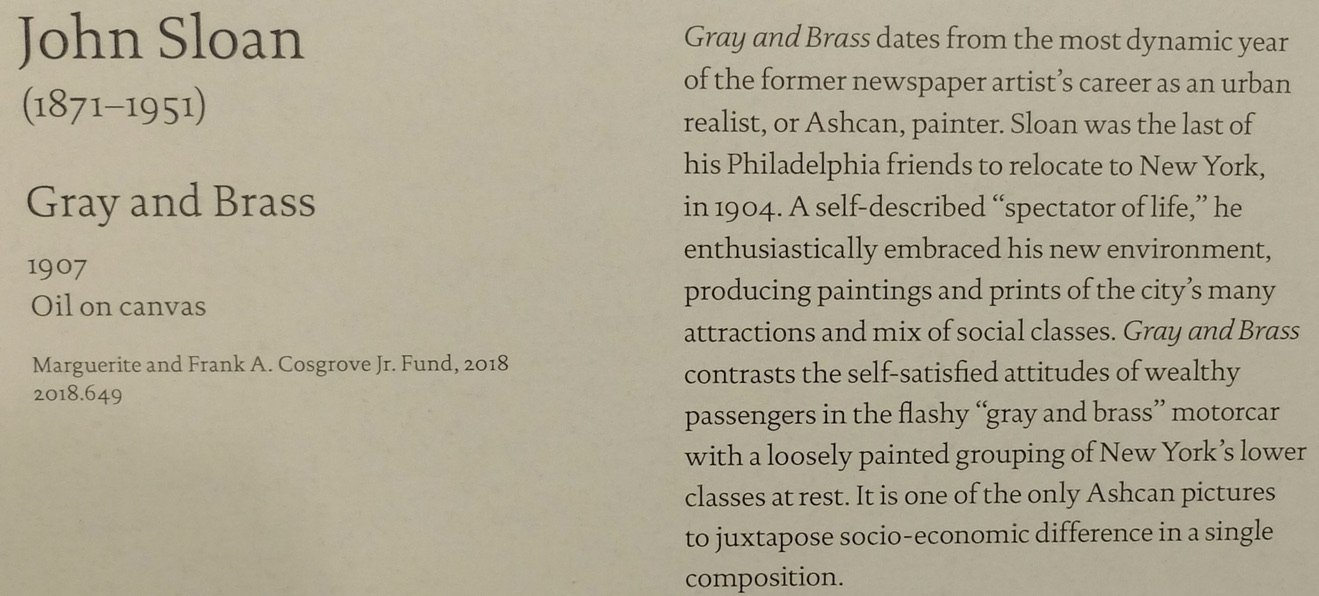
-

We spent five hours @ the MET. We wandered around in addition to seeking out specific exhibits that were on display at this time.
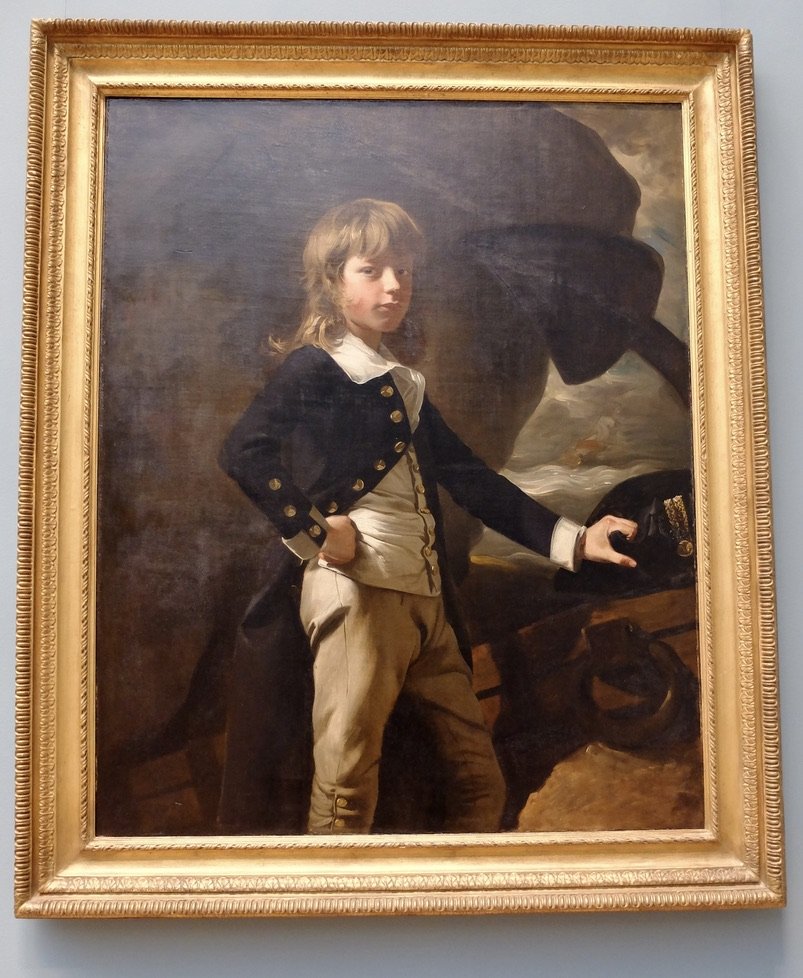
This painting was apropos of the non-fiction book, The Wager, that my Old Spokes book club was reading at the time.
The 1782 painting, Midshipman Augustus Brine (1769-1840), by John Singleton Copley, “… depicts a thirteen-year-old midshipman (apprentice officer) in the British Royal Navy who would eventually rise to the rank of rear admiral.”
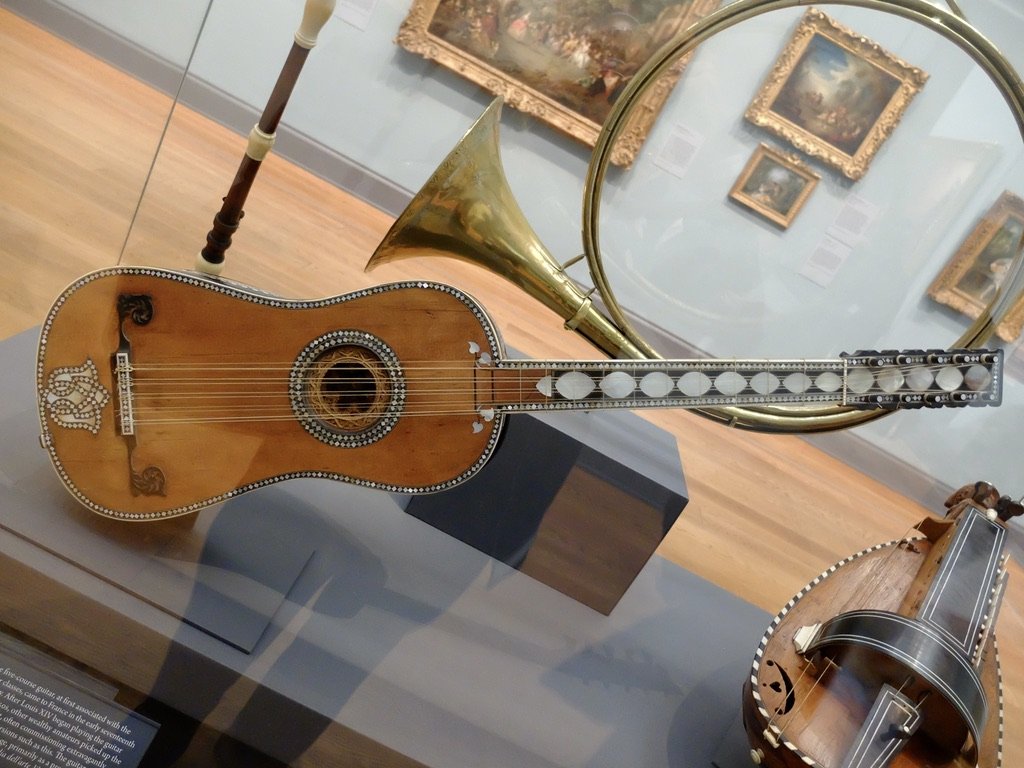
This is a five course guitar at the MET. The term course used in this fashion is new to me. “A course, on a stringed musical instrument, is either one string or two or more adjacent strings that are closely spaced relative to the other strings, and typically played as a single string.”
Next to it is a hurdy gurdy.

-
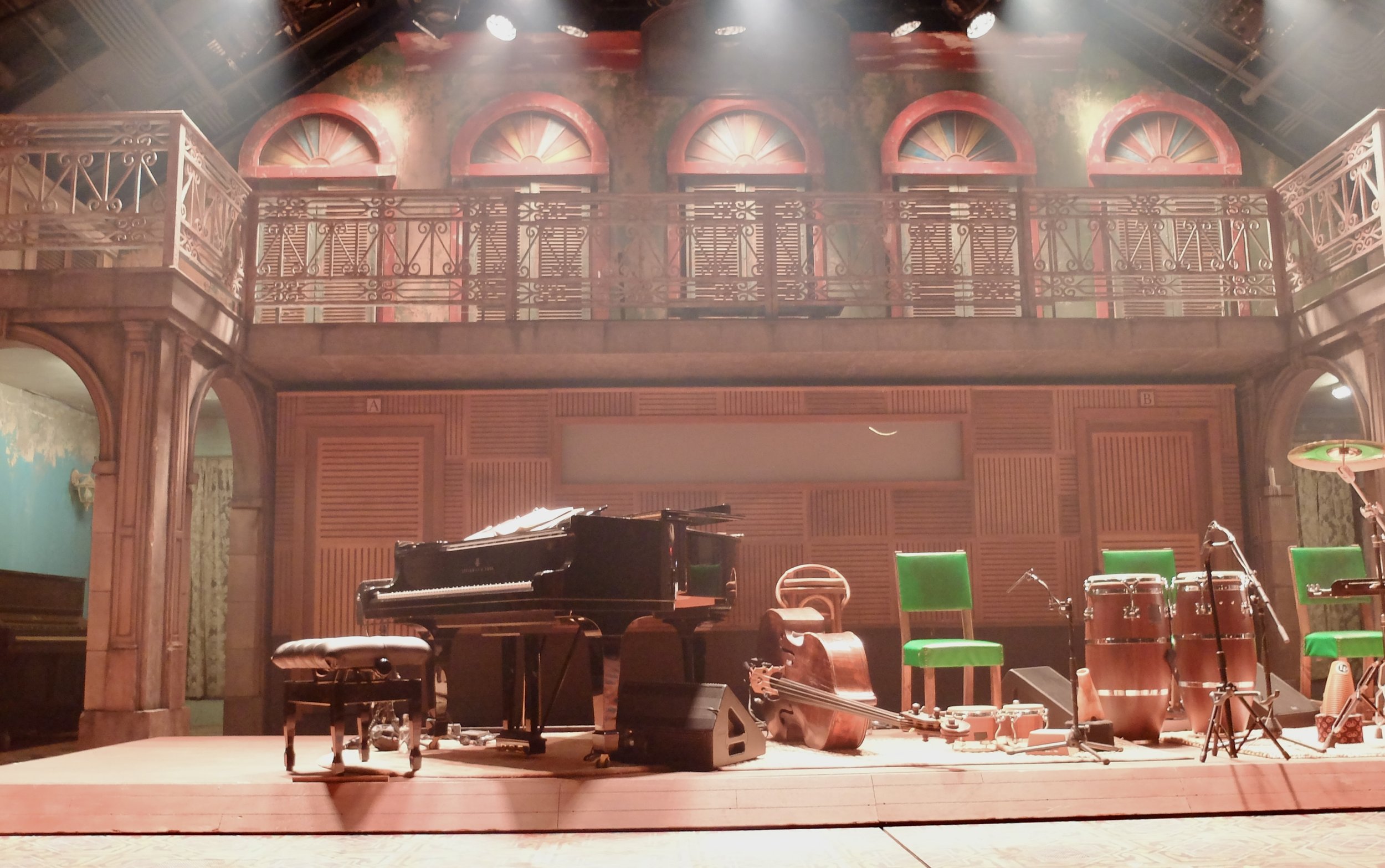
I had never before encountered a stringed instrument, other than a 12 string guitar or a mandolin, set up like this until coincidentally, the night before.
The prior evening we had seen the show Buena Vista Club. The Cuban singer-song-writer & phenomenal lead guitarist, Renesito Avich, played a trey. “The tres (Spanish for three) is a three-course chordophone of Cuban origin. The most widespread variety of the instrument is the original Cuban tres with six strings.”

“In the early summer of 1905, Henri Matisse invited his young friend André Derain to join him on the French Mediterranean for a few weeks of painting and drawing. Their fabled partnership in the small fishing village of Colioure would forever change the course of French painting In freewheeling experiments, they explored color and light on the beaches and in the surrounding hills, exercises that led their contemporaries to reconsider the nature of brushwork and the role of color in their practice. When the astonishing new paintings were shown at the Salon d'Automne in Paris, critics derided their radical departure from convention.
One critic called these artists les Fauves (literally "wild beasts*).”
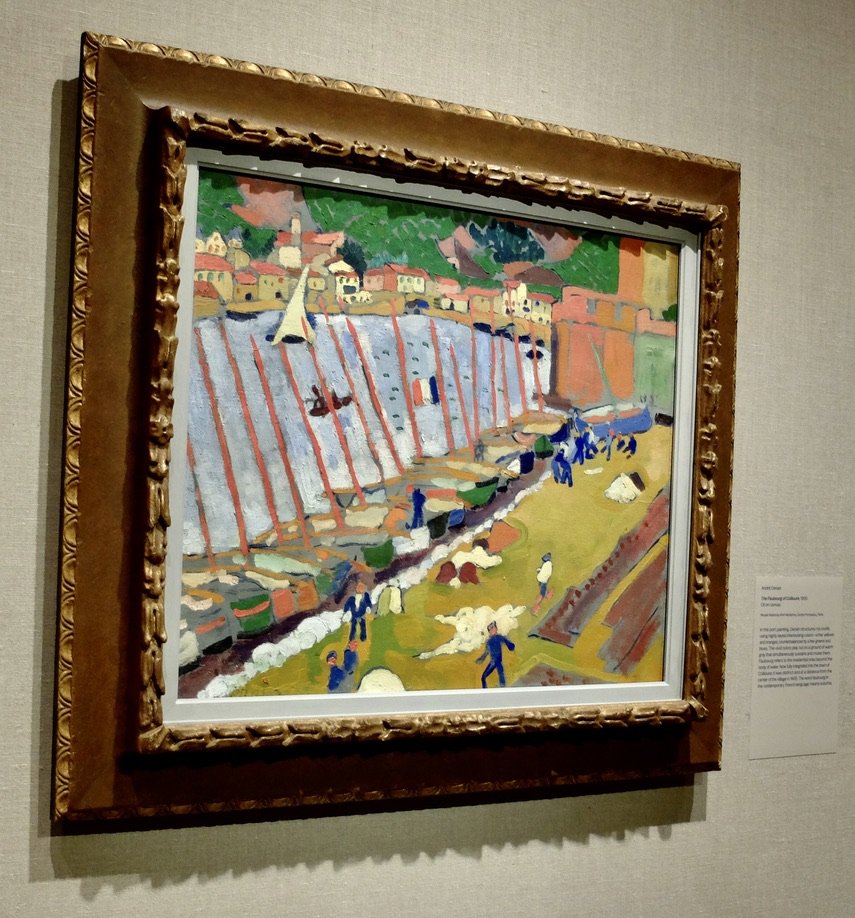
At the MET - Vertigo of Color - Matisee, Derain & the Origins of Fauvism.
By Derain.
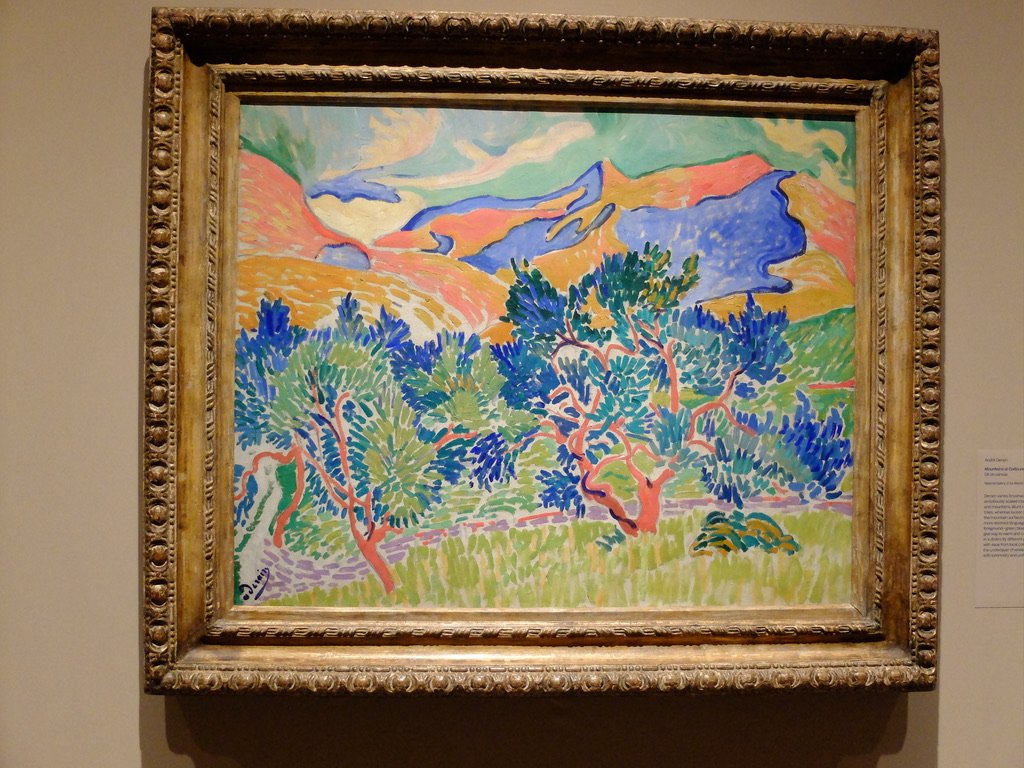
At the MET - Vertigo of Color - Matisee, Derain & the Origins of Fauvism.

At the MET - Vertigo of Color - Matisee, Derain & the Origins of Fauvism.
By Derain.
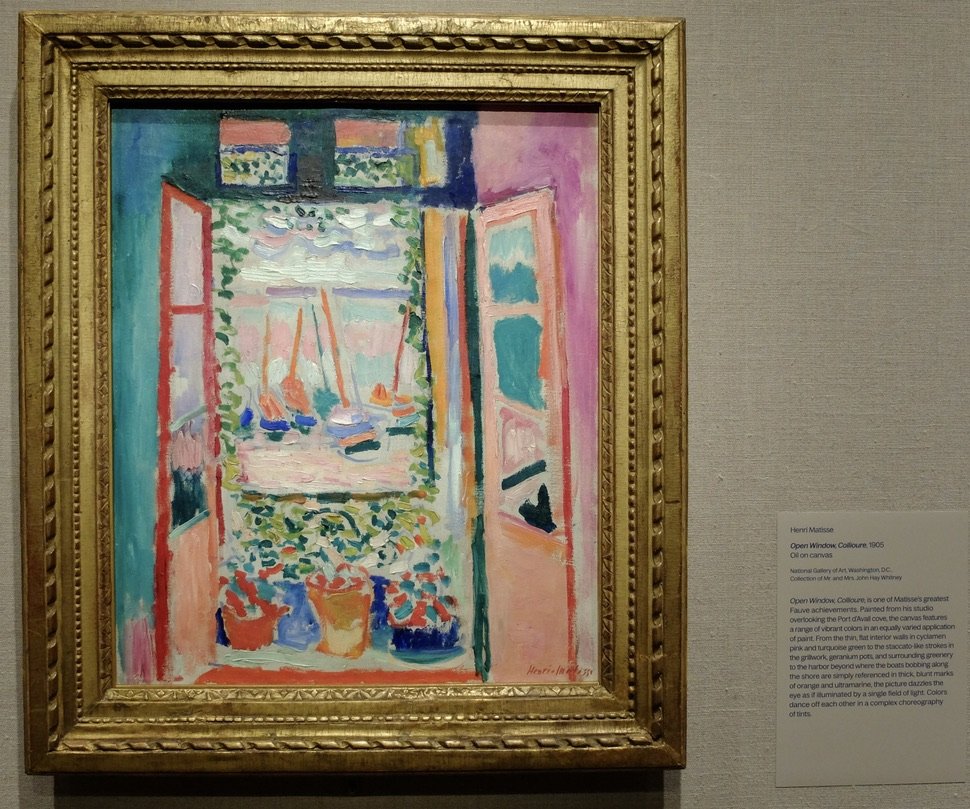
At the MET - Vertigo of Color - Matisee, Derain & the Origins of Fauvism.
By Matisse.
My favorite.
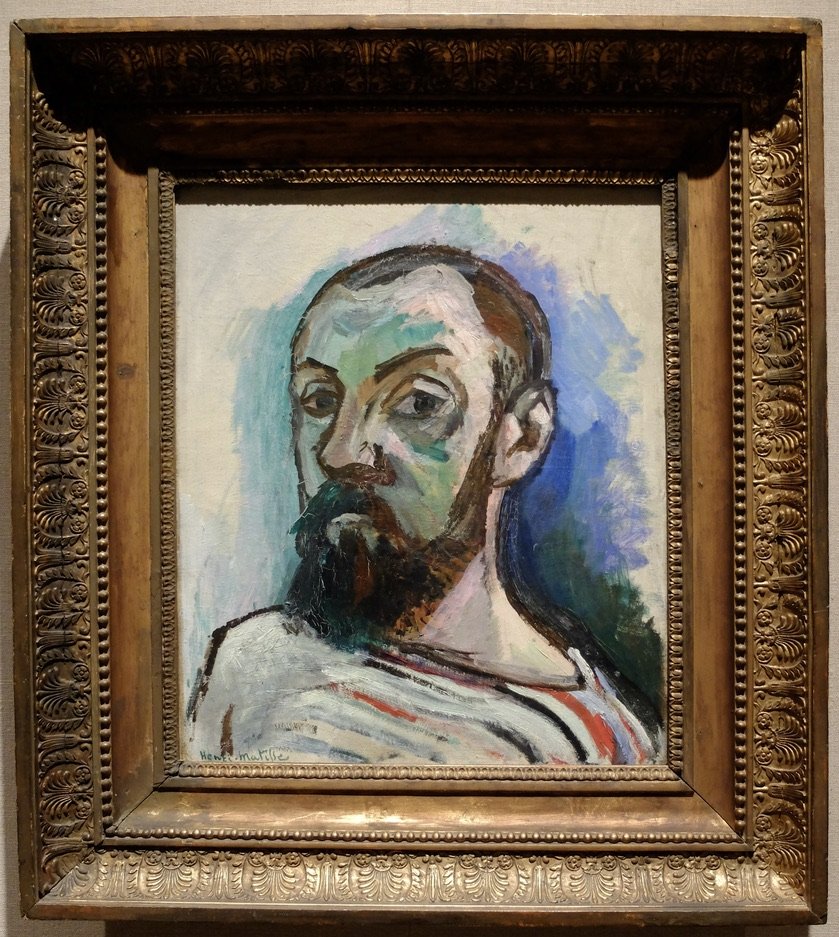
At the MET - Vertigo of Color - Matisee, Derain & the Origins of Fauvism.
Self-portrait, 1906
Oil on canvas
“Directly gazing at the viewer in uncanny self-exposure, Matisse portrays himself in a sailor's jersey, wide-eyed and confident. …His assured brushwork and the immediacy of his facial expression both suggest a self-possession he must have gained the previous summer in Collioure. With this work, Matisse was clearly hitting his stride as a painter.”
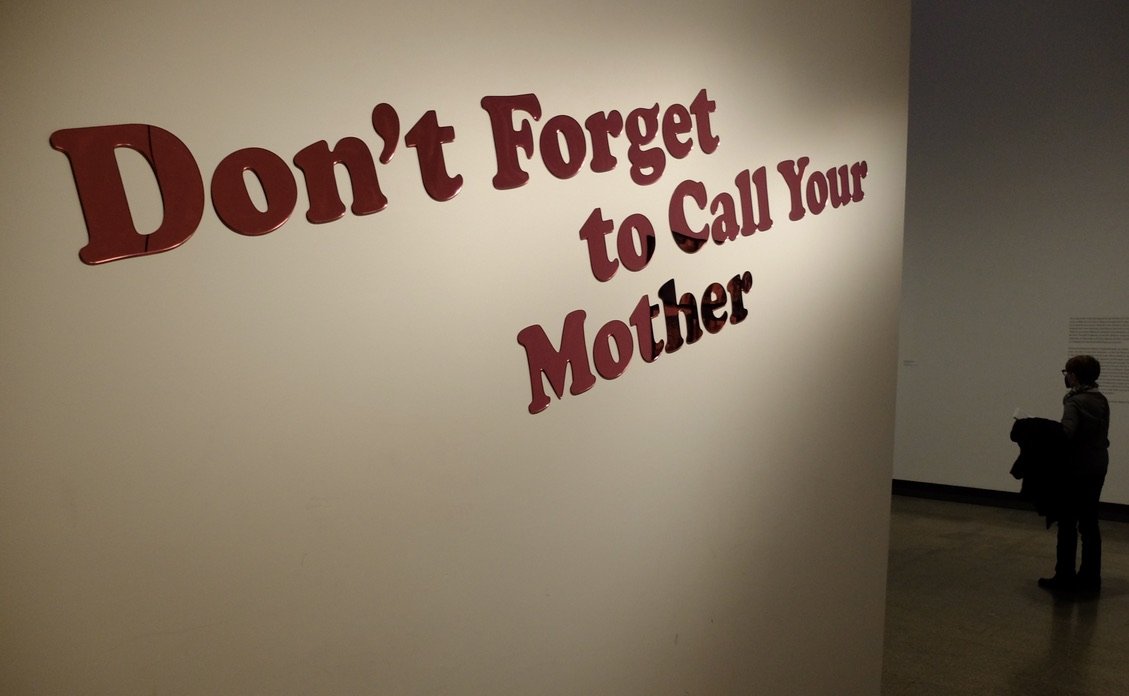
At the MET, the title of this exhibit was better than the content.
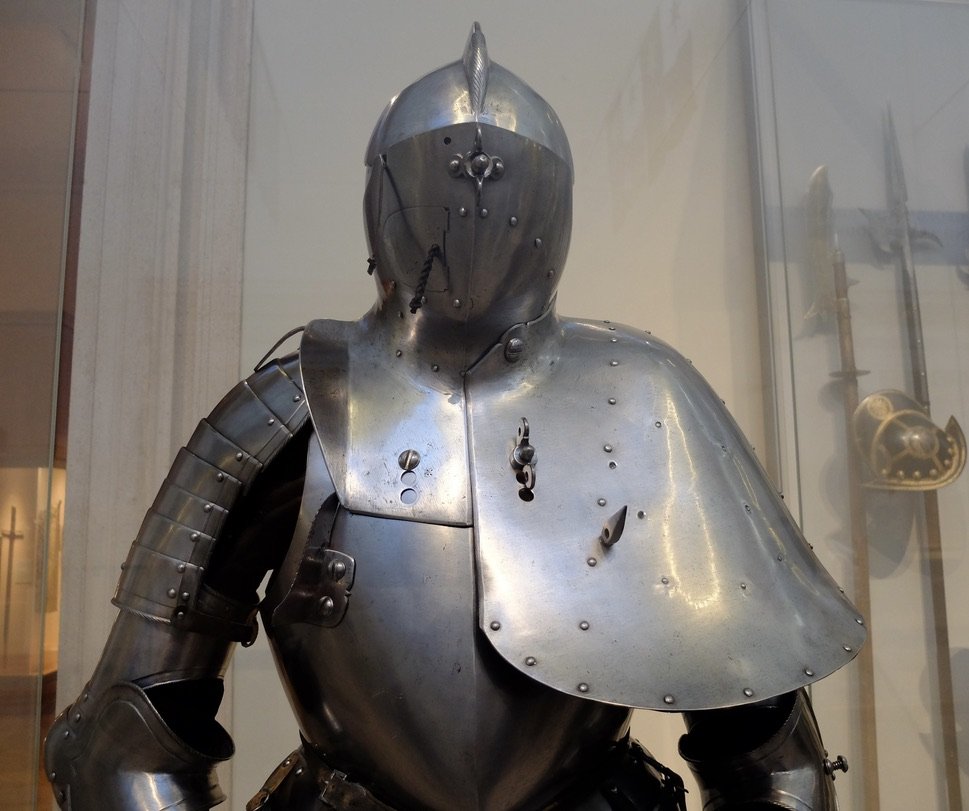
We noticed in the listing of the day’s exhibits at the Met “The Jousting Armor Philip I of Castile.” We went to the hall that had armour. We couldn’t find it but I noticed this suit of armour & wondered how he could see out of it.
In the interim Naomi found a guard who led us to Philip, across the aisle.
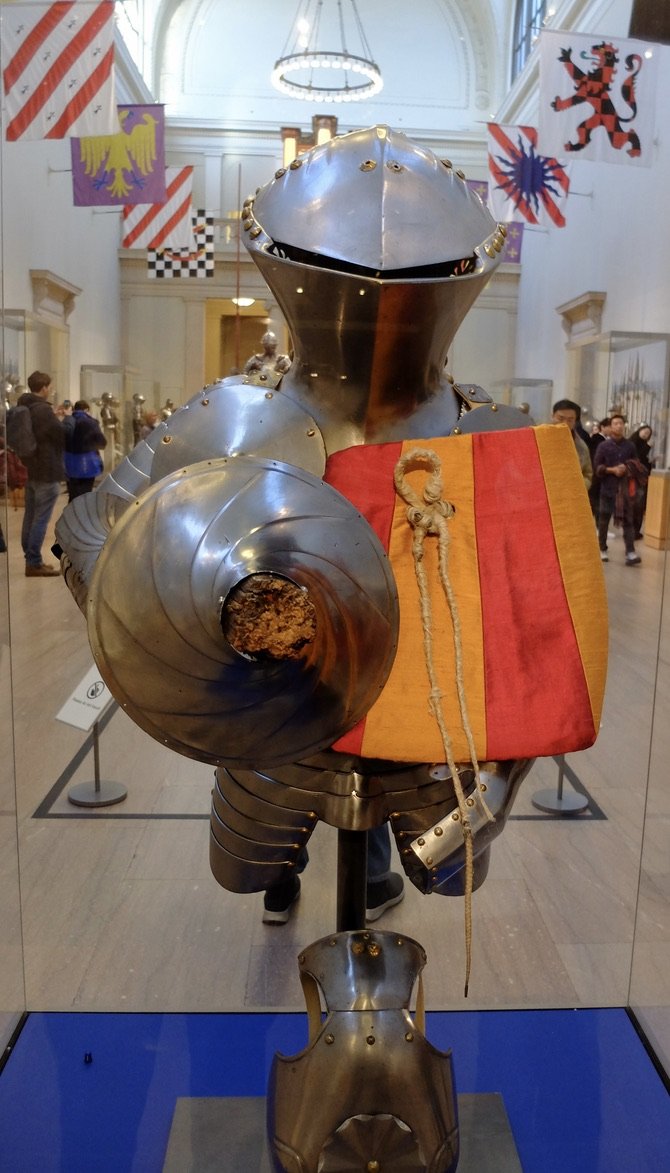
At the MET - The Jousting Armor of 15 y.o. Philip I of Castile (1478–1506) . "A rare example among surviving armors for its refined decoration, it is also remarkable in that it was intended for a teenager."
Then I turned to the left…
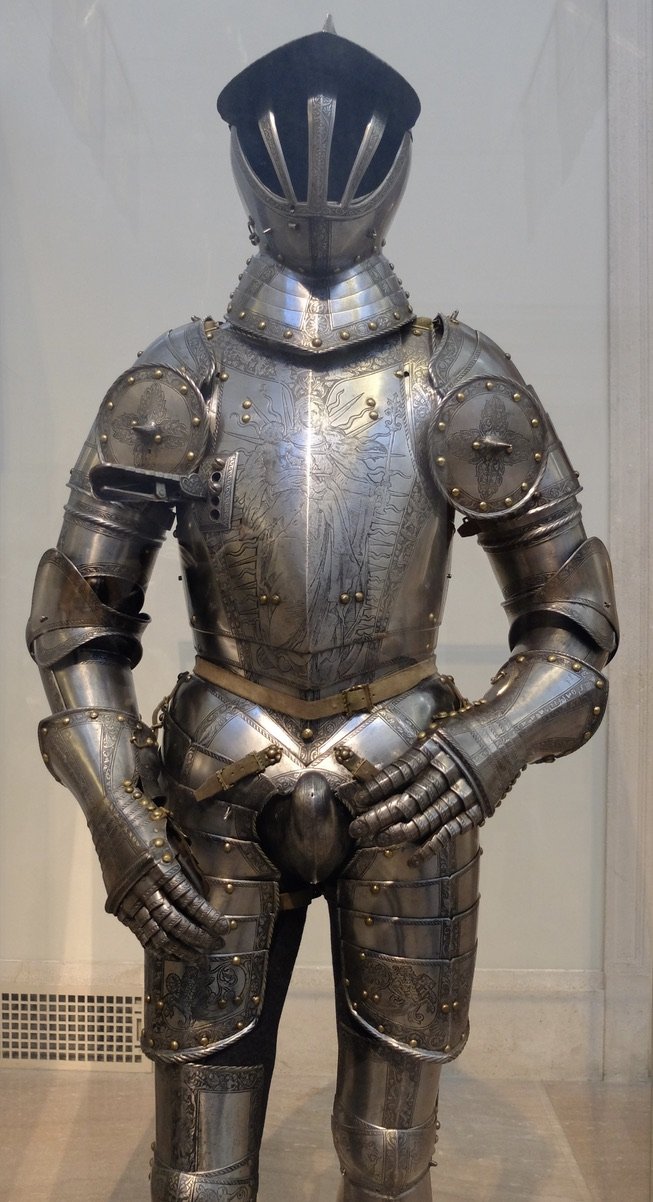
…and saw this suit of armor. One had to look more closely.
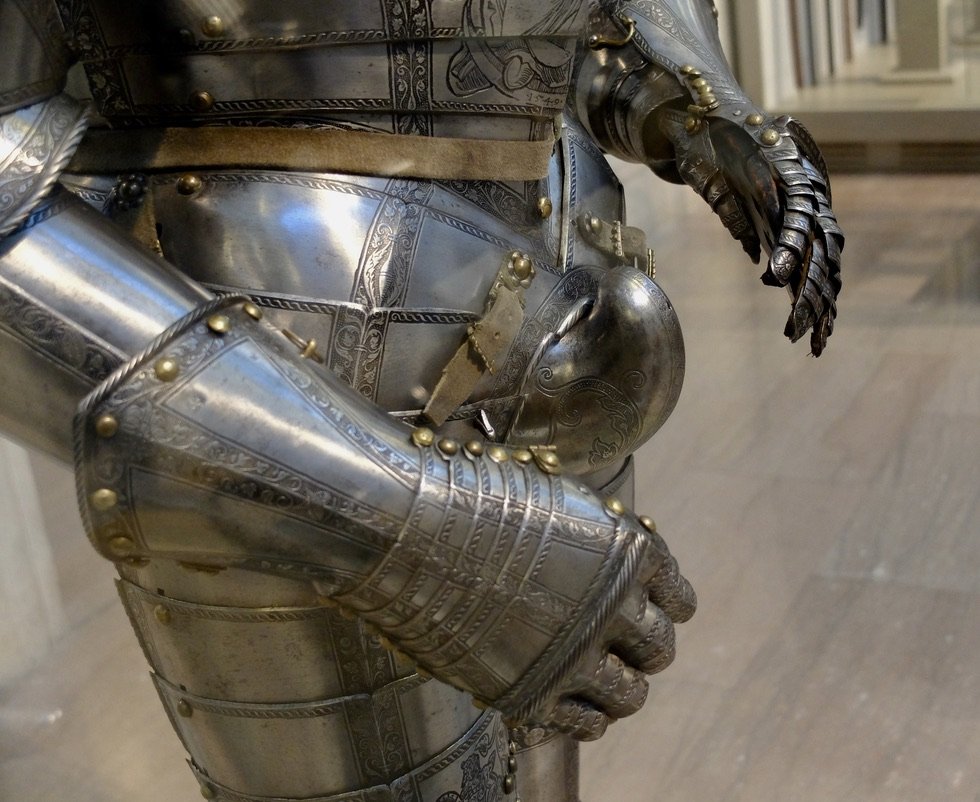
-
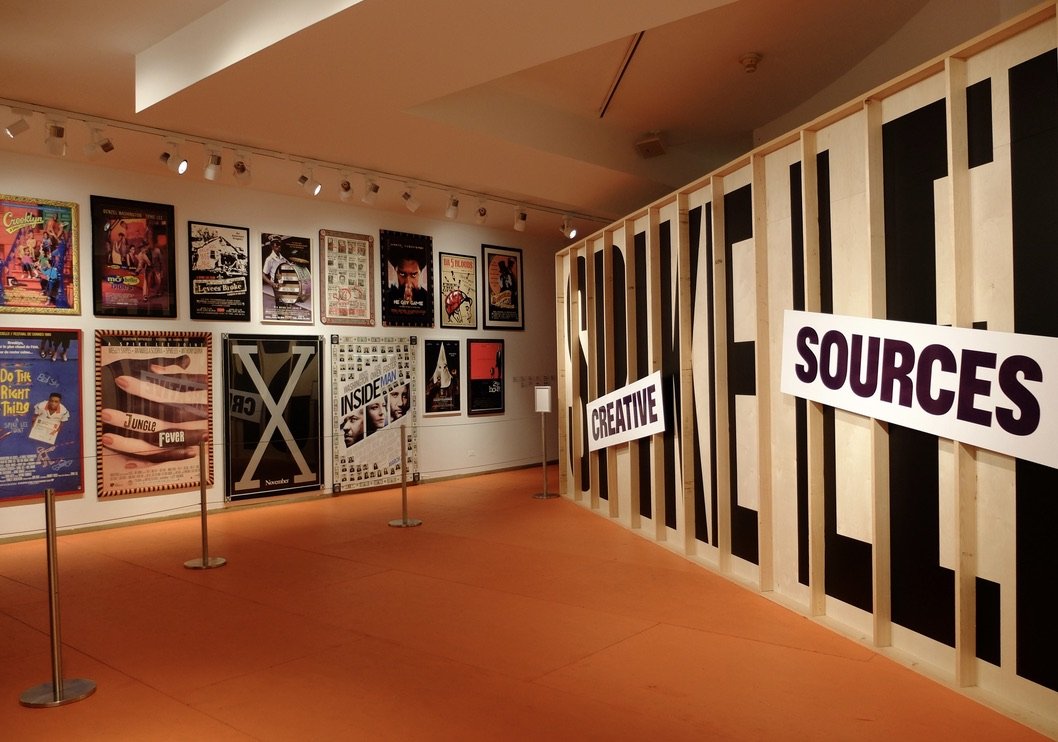
Brooklyn Museum - Spike Lee - Creative Sources.
Highlights Tour with Spike Lee.
https://www.youtube.com/watch?v=bCeV4e61PjQ

-
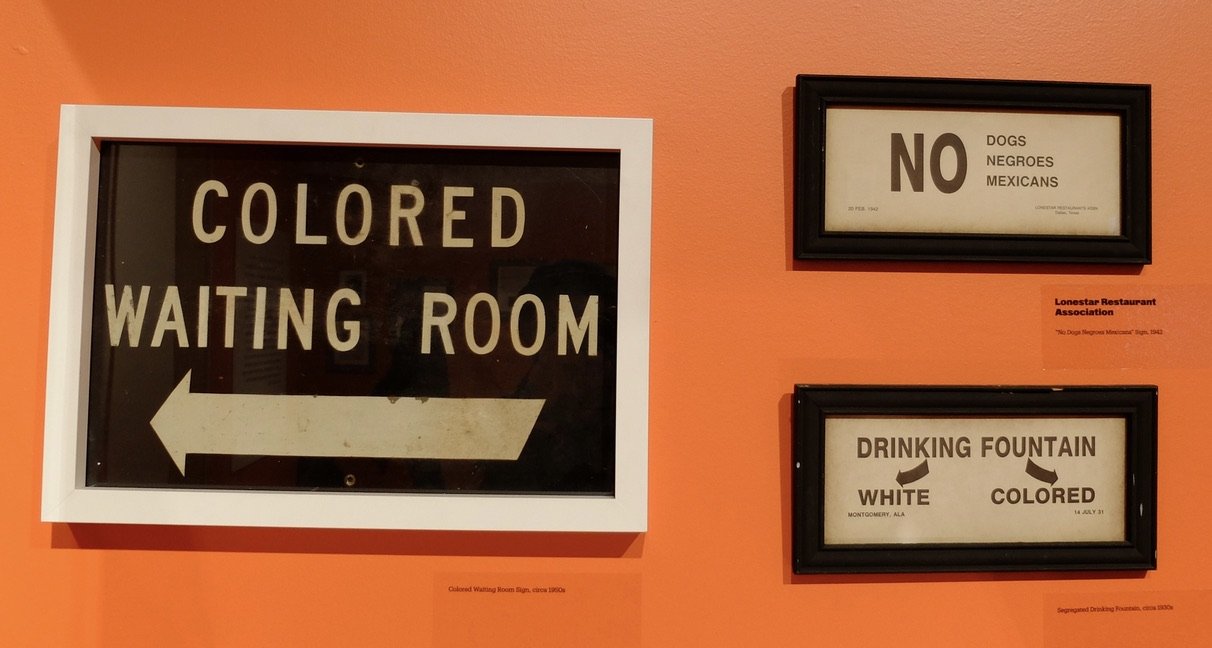
Brooklyn Museum - Spike Lee - Creative Sources.
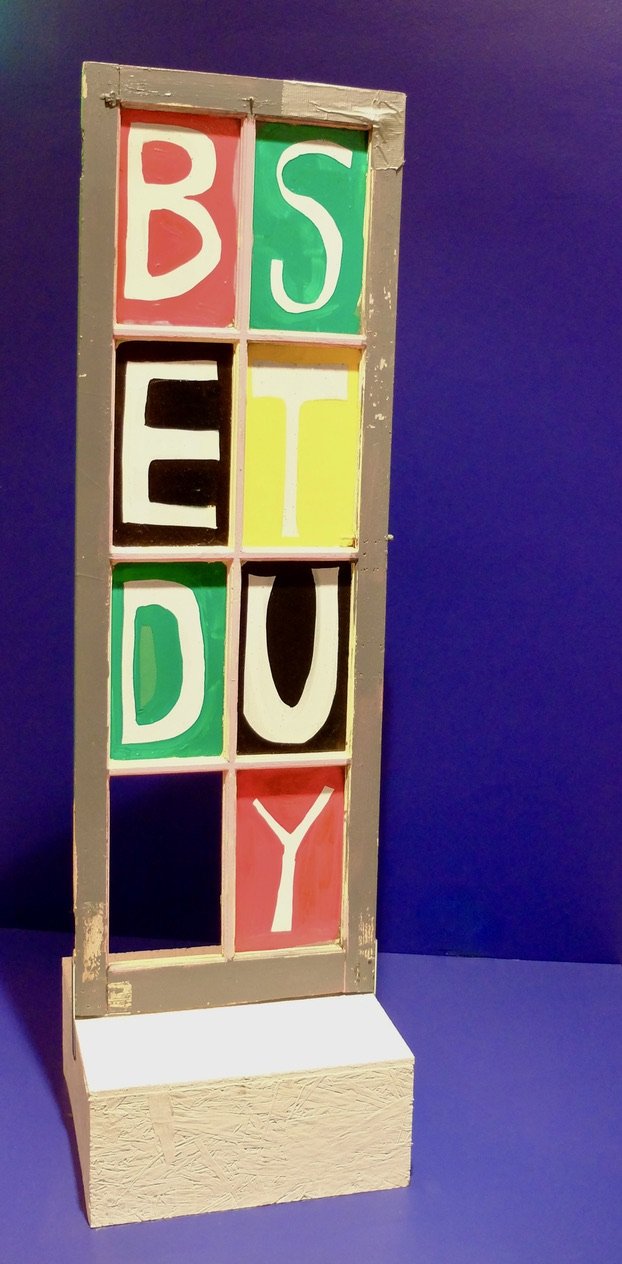
Brooklyn Museum - Spike Lee - Creative Sources.
Beauty Above/Bedstuy - 2023
by Navin Norling born San Francisco, CA, 1970.
This was one of my favorites. My residency was in Bed-Stuy but the realtors keep moving the boundaries. Bed-Stuy is now considered further east & the ‘hood has been renamed Prospect Hts. or Crown Hts. or Crow Hill.
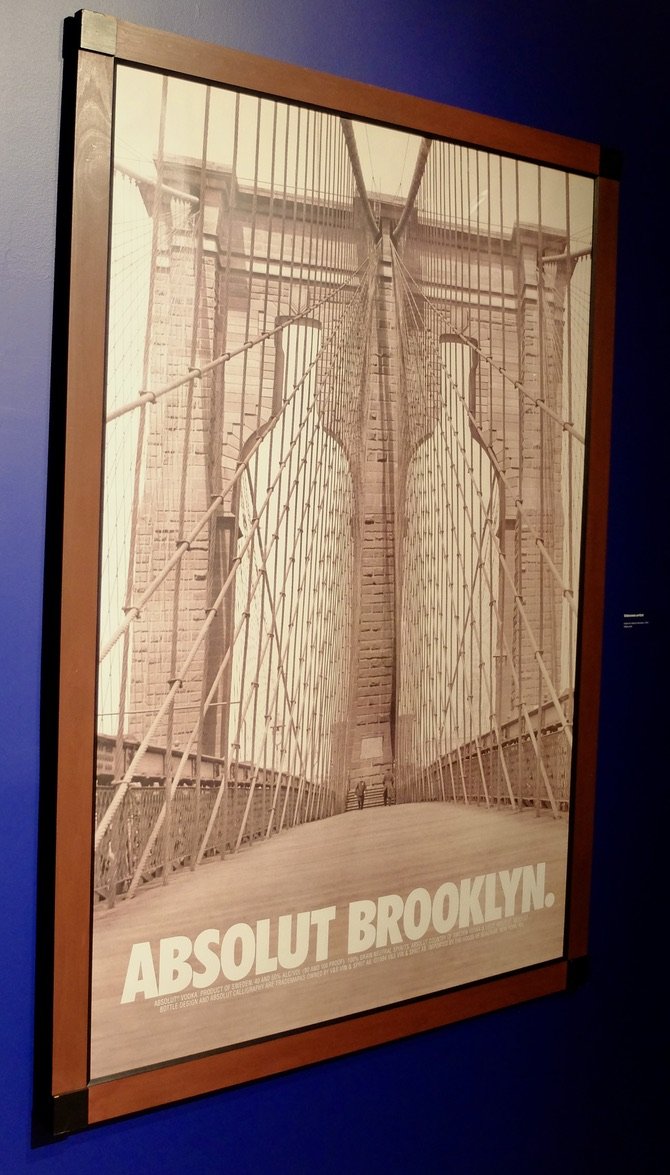
-
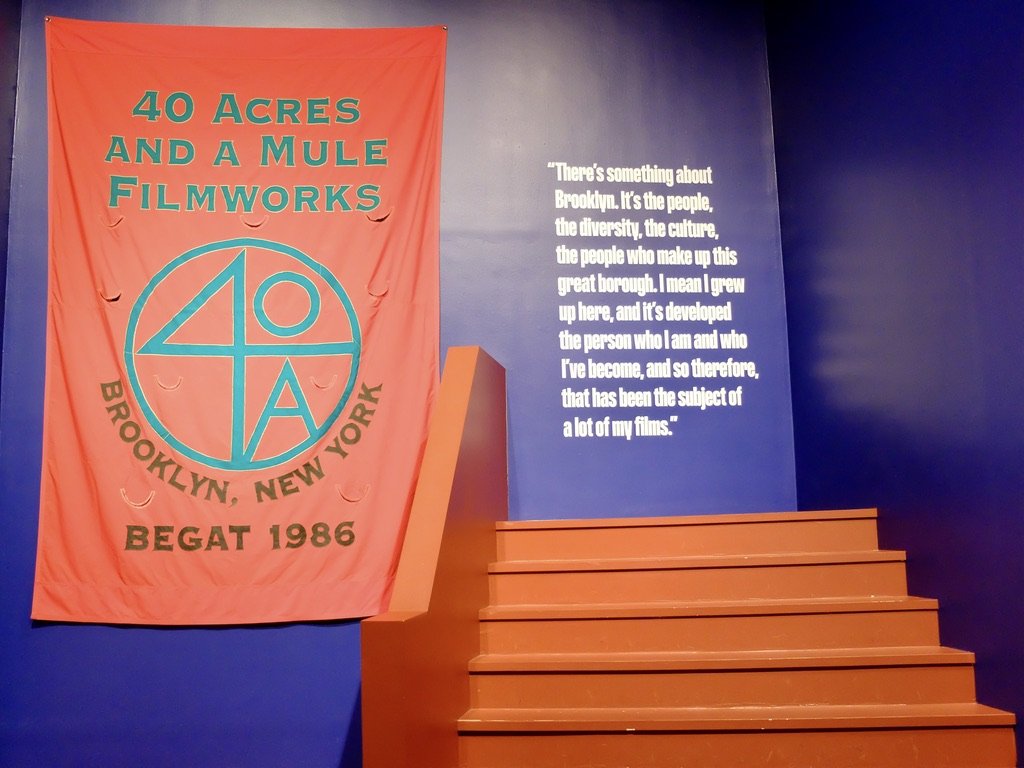
-
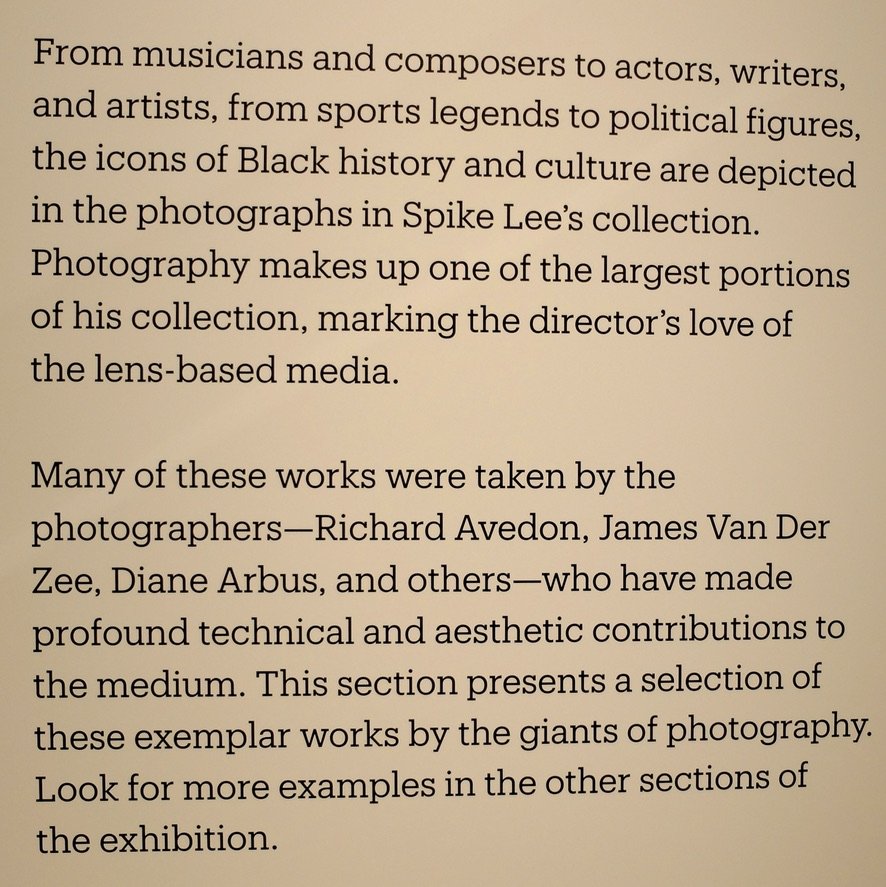
-
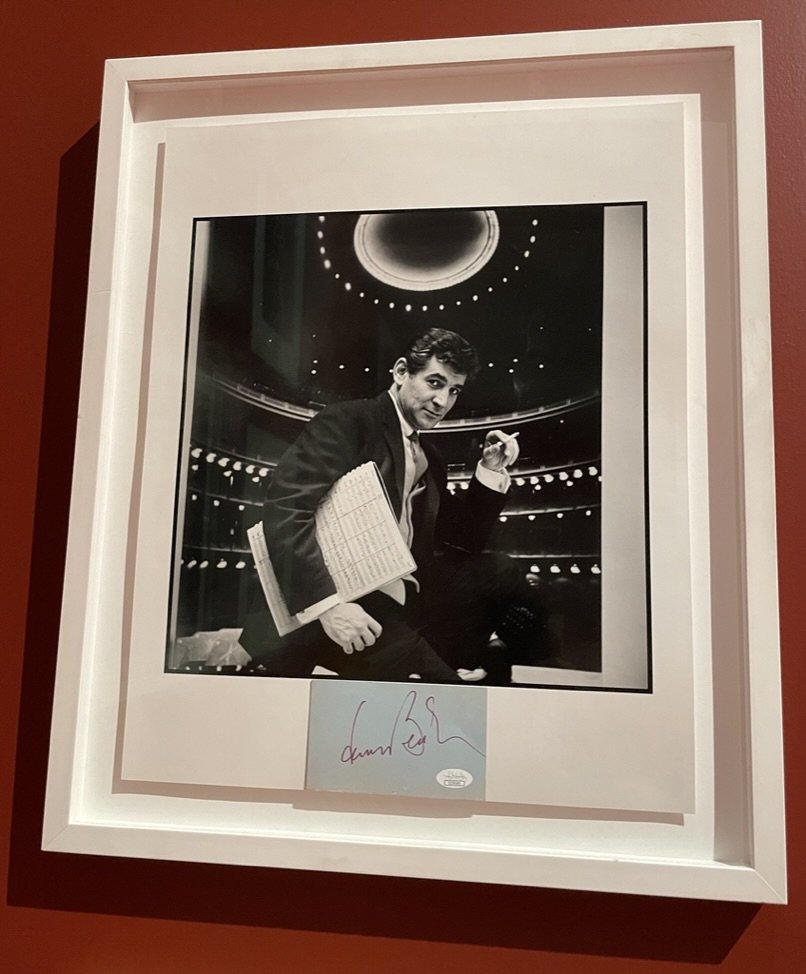
Brooklyn Museum - Spike Lee - Creative Sources.
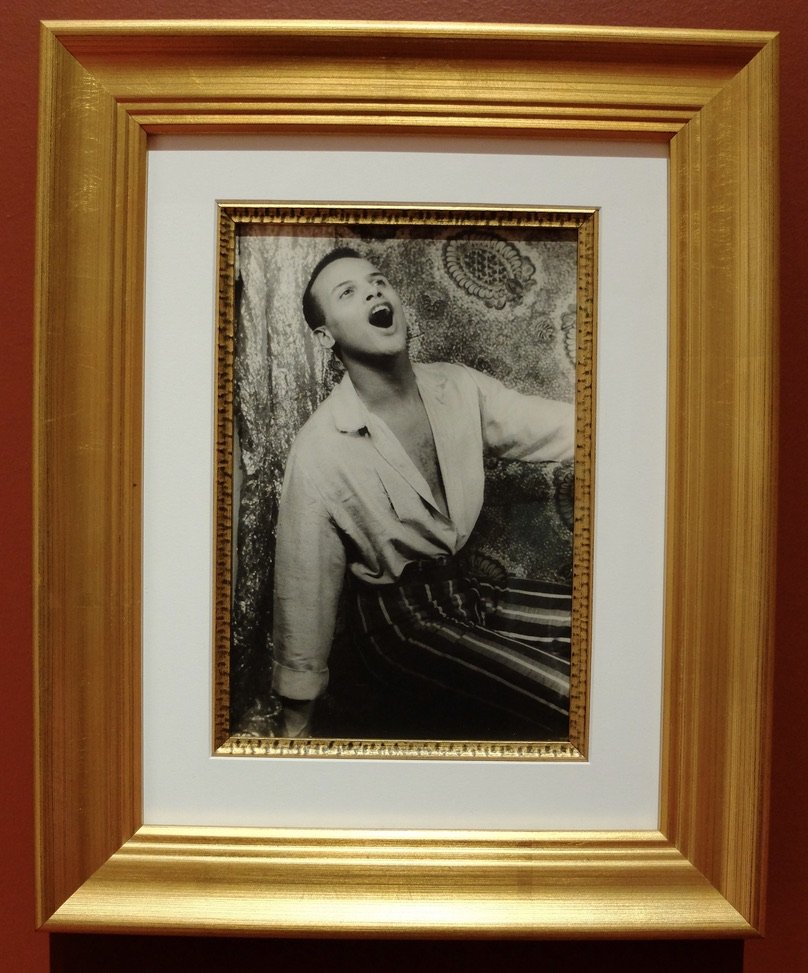
Brooklyn Museum - Spike Lee - Creative Sources.
Harry Belafonte, 1954 by Carl Van Vechten, Cedar Rapids, Iowa, 1880-1964.
My mother’s favorite folk singer.
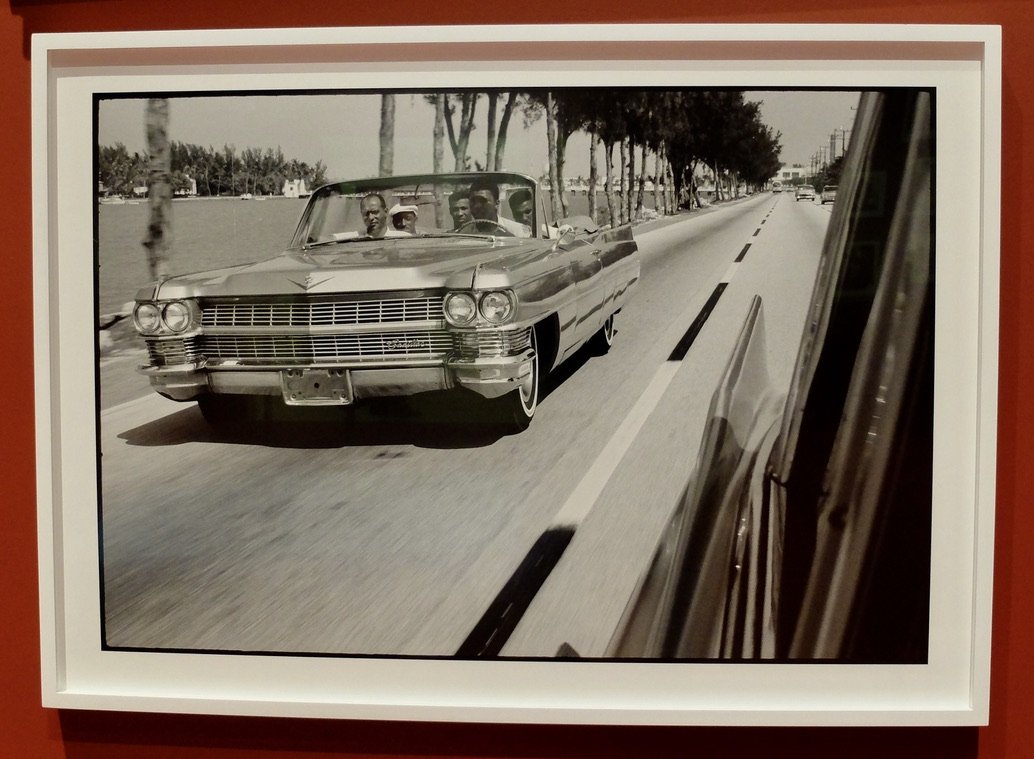
Brooklyn Museum - Spike Lee - Creative Sources.
Muhammad Ali Driving His Cadillac, 1966
by Gordon Parks, Fort Scott, Kansas, 1912-2006.
I don’t know how Parks took this photo but I am in awe.
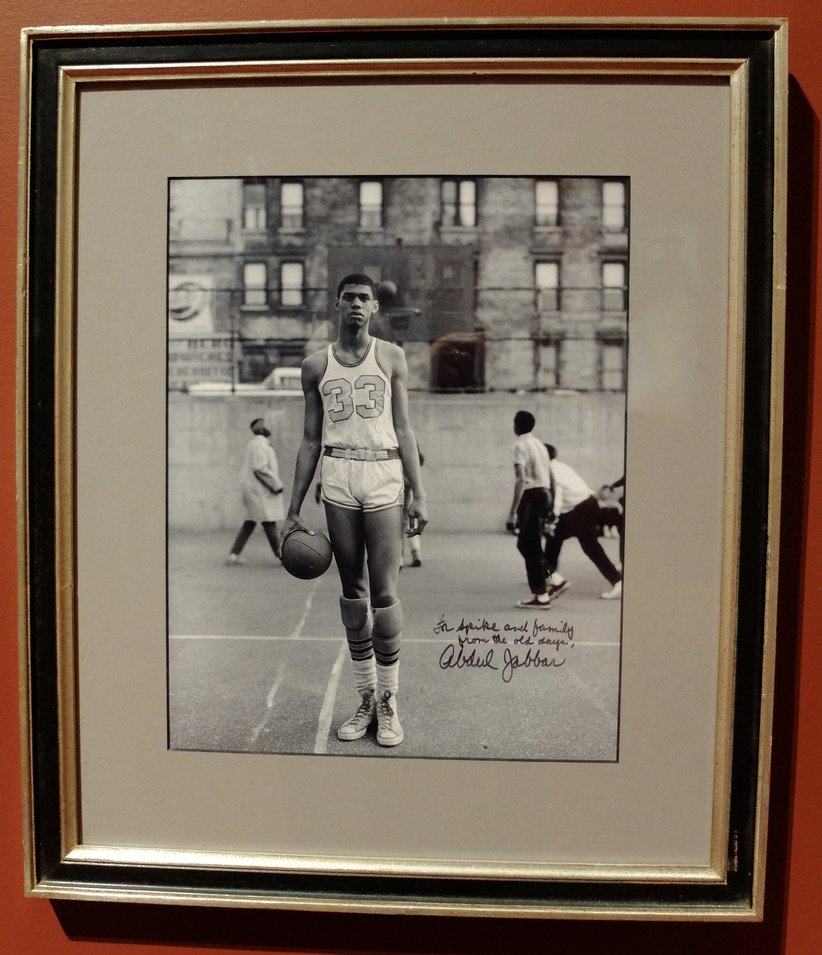
Brooklyn Museum - Spike Lee - Creative Sources. "For Spike Lee and family from the old days, Abdul Jabbar."
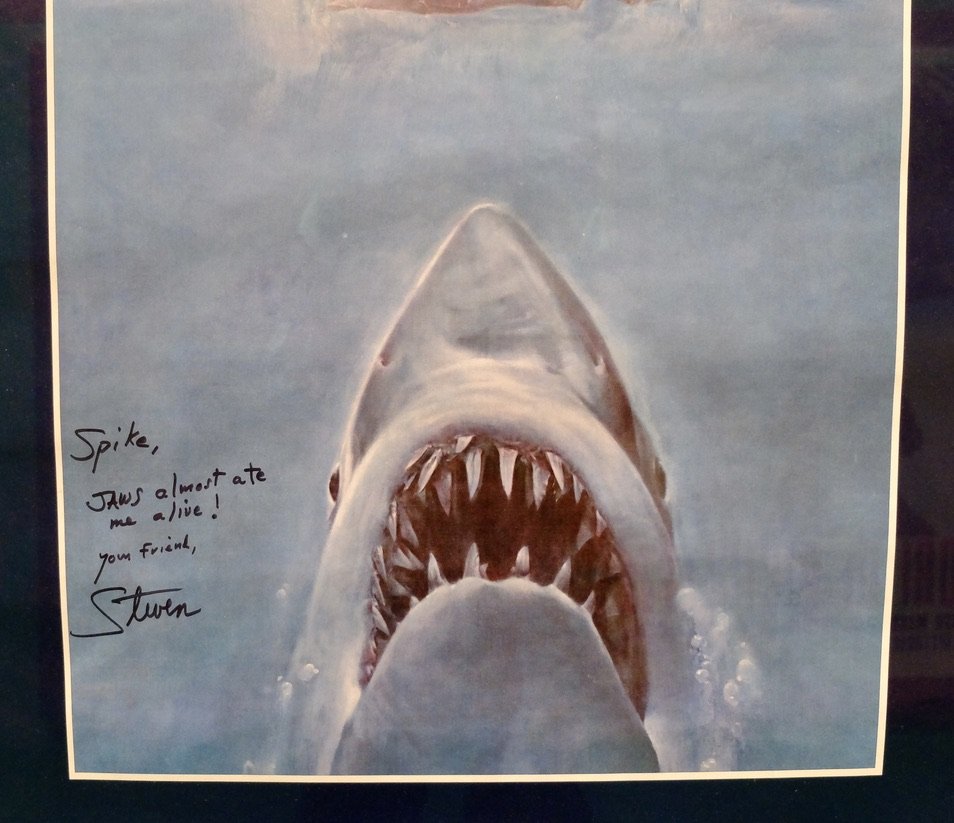
Room of movie posters at Brooklyn Museum - Spike Lee - Creative Sources.
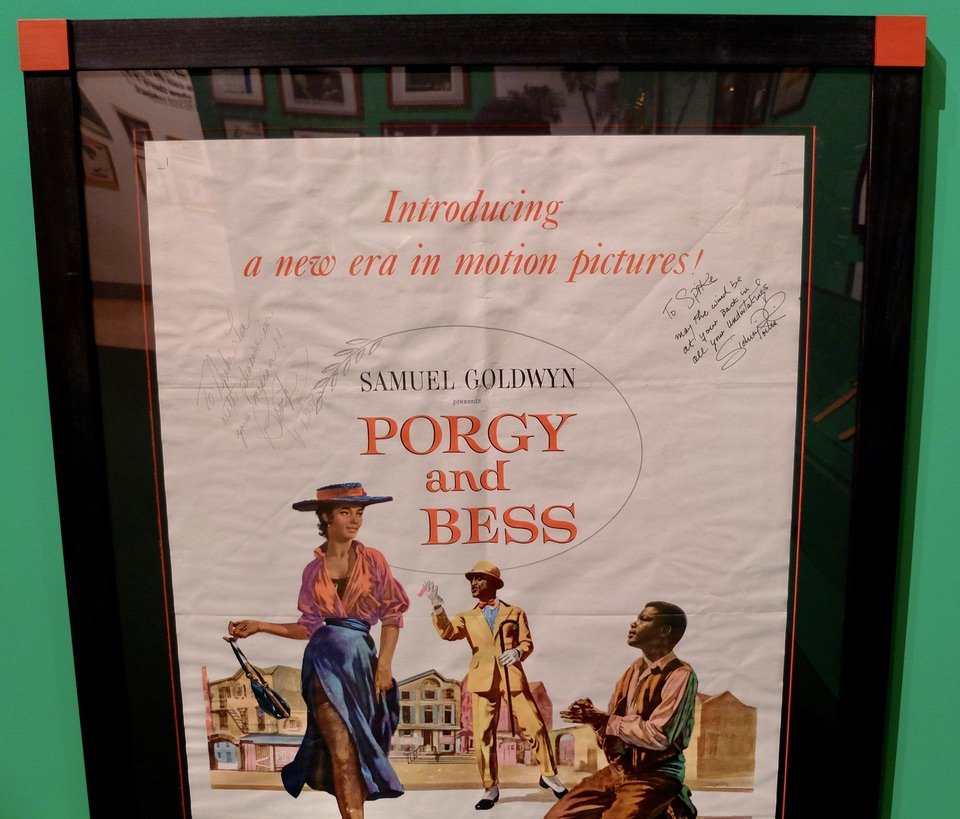
Room of movie posters at Brooklyn Museum - Spike Lee - Creative Sources.
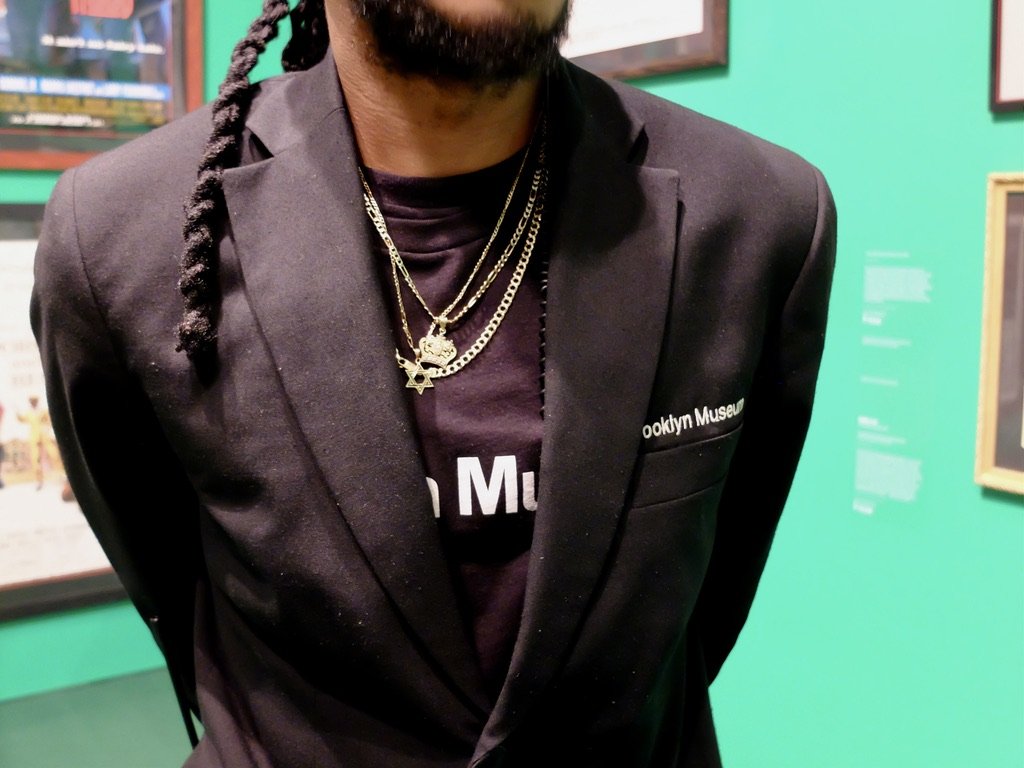
Room of movie posters at Brooklyn Museum - Spike Lee - Creative Sources.
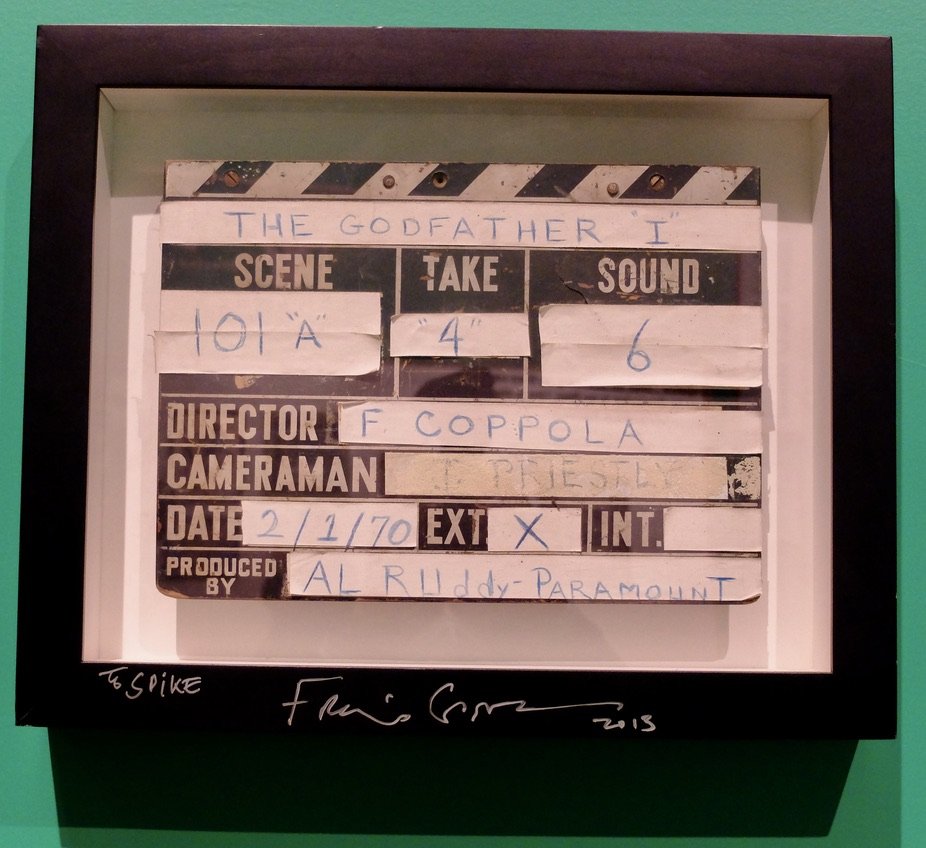
Godfather I clapboard.
Room of movie posters at Brooklyn Museum - Spike Lee - Creative Sources.
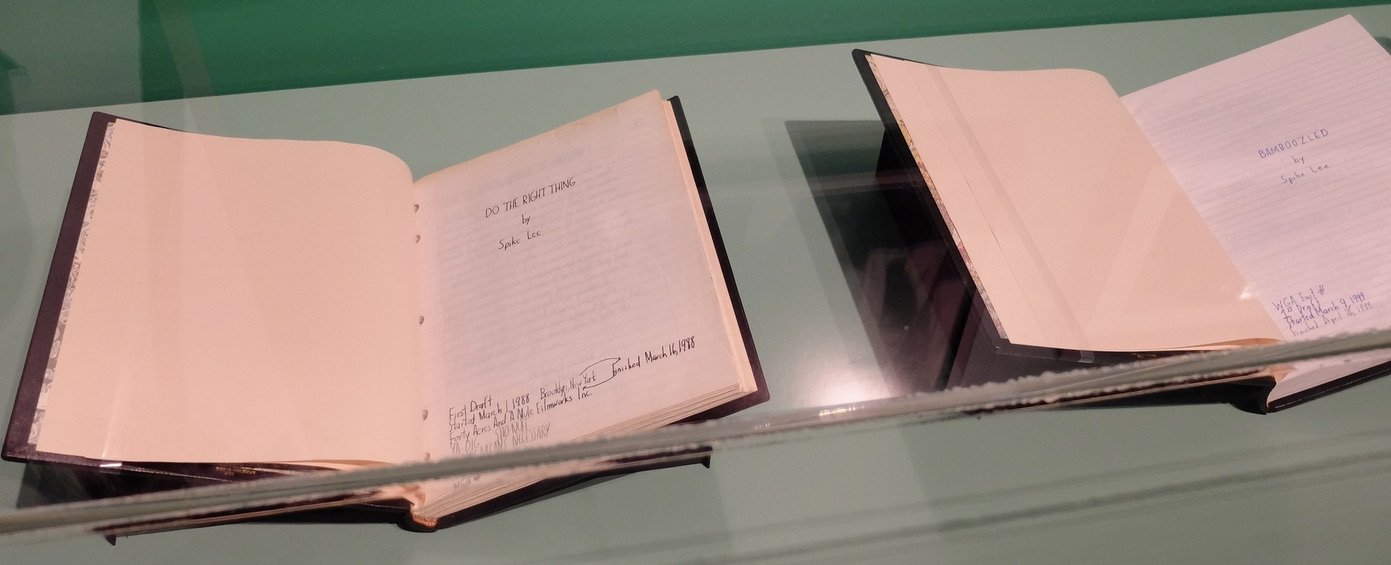
Long hand script of Do the Right Thing. Started March 1, 1988 finished March 16, 1988!
Room of movie posters at Brooklyn Museum - Spike Lee - Creative Sources.
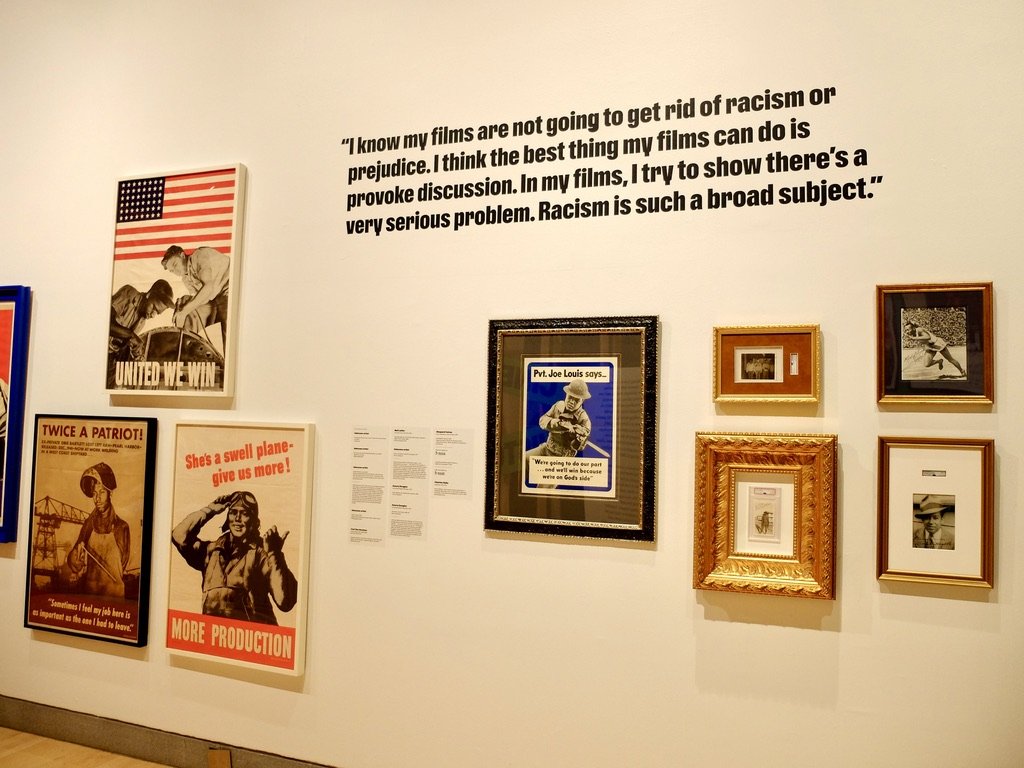
Brooklyn Museum - Spike Lee - Creative Sources.

Brooklyn Museum - Spike Lee - Creative Sources.
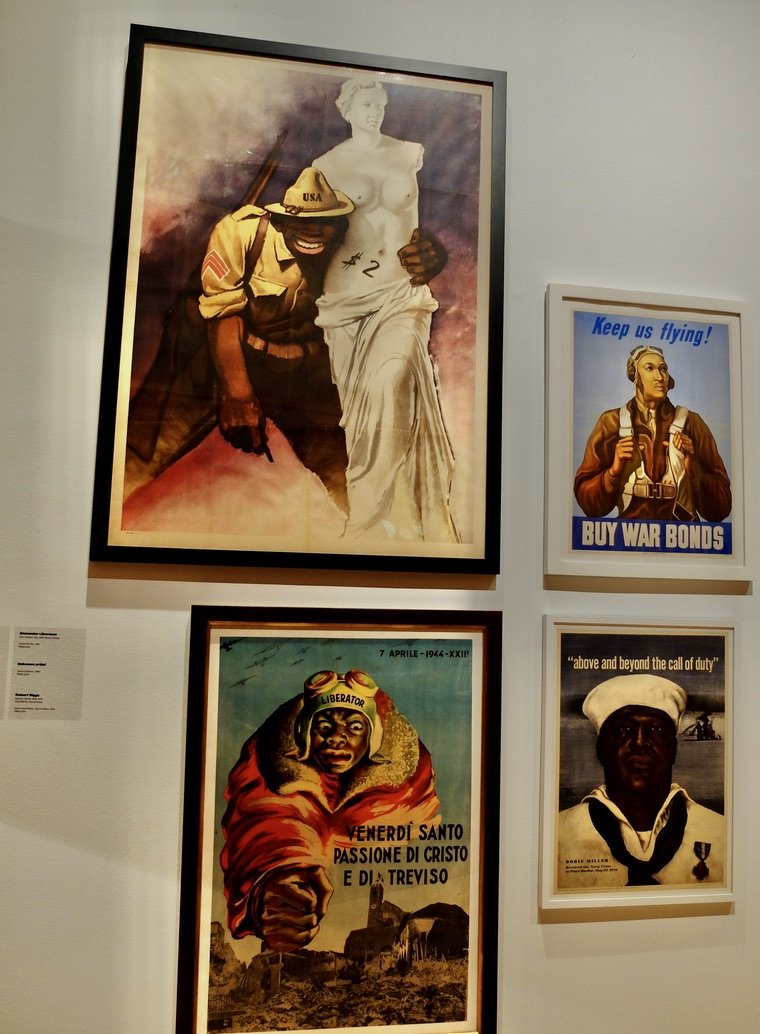
Brooklyn Museum - Spike Lee - Creative Sources.
Sadly I missed the room filled with musical instruments, Prince, Wynton… Naomi gave me the lowdown.
